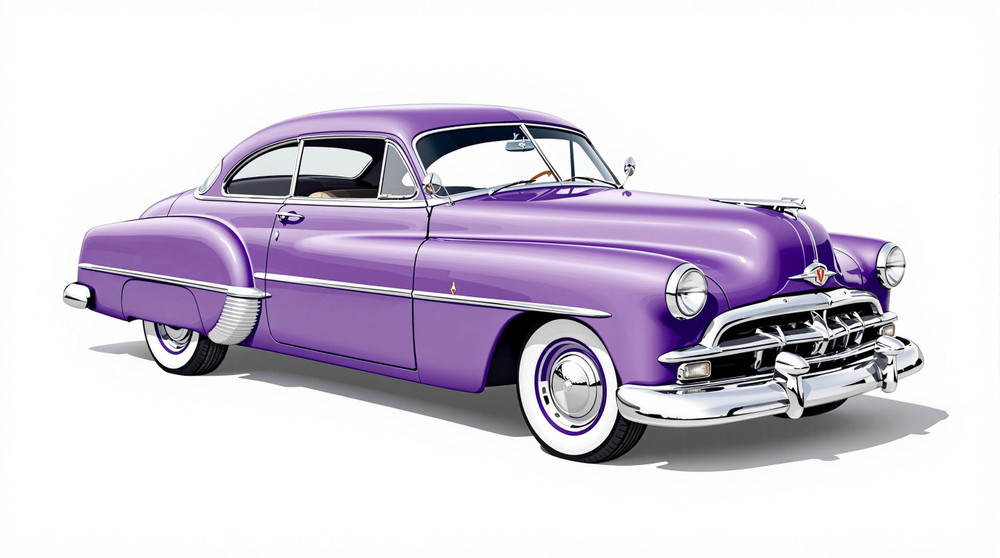Image of 1951 Pontiac Chieftain, Note: These illustrations use artistic license and may differ from actual historical models.
Performance Metrics
Fundamental Metrics
Emotional Appeal
MMP Rating
| Engine Specifications | |
|---|---|
| Engine: | Straight-8 |
| Displacement: | 268.2 cu in (4.4 L) |
| Horsepower: | 116-118 hp |
| Torque: | 214 lb-ft |
| Compression Ratio: | 6.7:1 |
| Ignition System: | Battery and coil |
| Cooling System: | Liquid-cooled |
| Performance Specifications | |
| 0-60 Time: | Estimated 17 seconds |
| 1/4 Mile Time: | Not available |
| Top Speed: | 90 mph |
| Transmission and Drive | |
| Drive Type: | Rear-wheel drive |
| Transmission Type: | 3-speed manual, 4-speed Hydra-Matic automatic |
| Fuel and Efficiency | |
| Fuel System Type: | Carburetor |
| MPG: | Estimated 15-18 mpg |
| Dimensions and Brakes | |
| Brakes: | Drum brakes |
| Wheelbase: | 120 inches |
| Weight: | 3,470 lbs |
Note: Specifications for classic cars are given to the best of our ability, considering the limited and variant data available.
Introduction
The 1951 Pontiac Chieftain sails from an era where chrome gleamed under streetlights and tail fins were not yet in vogue. Born from the assembly lines of General Motors, this classic American automobile emerged as a symbol of post-war prosperity and optimism. The Chieftain didn't just transport people; it carried the dreams of a burgeoning middle class. A notable moment in its history is when the Chieftain became one of the first cars to feature a modern automatic transmission, the Hydra-Matic, which was a significant selling point for consumers seeking convenience and ease of use.
Design and Innovation
The 1951 Pontiac Chieftain boasted a bold grille with illuminating "Silver Streak" trim that ran down the hood, a design hallmark of Pontiacs of that era. Its exterior styling was a harmonious blend of muscular contours and smooth lines, projecting both elegance and strength. Inside, occupants were greeted by plush seats upholstered with quality fabrics or optional leather, and the dashboard gleamed with chrome accents and intricate gauges. Technological features such as AM radios and heaters were considered luxuries at the time. The color palette ranged from stately hues like Falcon Gray to vibrant options like Chieftain Green, with the latter being a popular choice among enthusiasts. Body styles included sedans, coupes, and convertibles, but it was the sleek convertible that often stole the hearts of Americana aficionados.
Historical Significance
The 1951 Pontiac Chieftain didn't just follow trends; it set them. It played a pivotal role in popularizing automatic transmissions among American drivers, which would become an industry standard in years to come. The car's blend of luxury features at an accessible price point set it apart from its contemporaries and carved out a niche that would influence automotive marketing strategies for decades.
Performance and Handling
Underneath its sculpted hood lay a robust flathead inline-eight or an optional straight-six engine that hummed with reliability. While not built for breakneck speeds, the Chieftain's top speed hovered around 90 mph, with acceleration from 0-60 mph taking about 15 seconds—a respectable figure for its time. The ride was smooth, absorbing bumps with grace thanks to its soft suspension setup. Drivers enjoyed a sense of connection with the road through its substantial steering wheel and responsive feedback.
Ownership Experience
The Chieftain served many roles—from a dependable family hauler to a weekend showpiece. Its maintenance was straightforward by modern standards, making it an ideal entry point for classic car enthusiasts looking to roll up their sleeves. While reliability was one of its strong suits, owners cherished the community and stories that came with each mile driven.
Fun Facts
This iconic cruiser has seen its fair share of limelight, including being owned by celebrities such as Steve McQueen. Although not known for setting speed records, it has held its own in endurance runs and cross-country tours. Critics at the time may have bemoaned its fuel consumption or less-than-sporty demeanor, but these are mere footnotes in its storied legacy.
Collector's Information
Today's collector market sees the 1951 Pontiac Chieftain as a cherished classic. With production numbers in the tens of thousands across all body styles, finding one in pristine condition can be challenging but rewarding. Values range significantly based on condition, history, and originality—with well-maintained convertibles fetching premium prices that can soar into the $50,000 range or higher.
Conclusion
The 1951 Pontiac Chieftain stands as more than just a relic of automotive history; it is a testament to American ingenuity and post-war optimism. Its influence on design, technology, and culture cements its place as an enduring icon in the pantheon of classic cars.
1951 Pontiac Chieftain Catalog of Parts
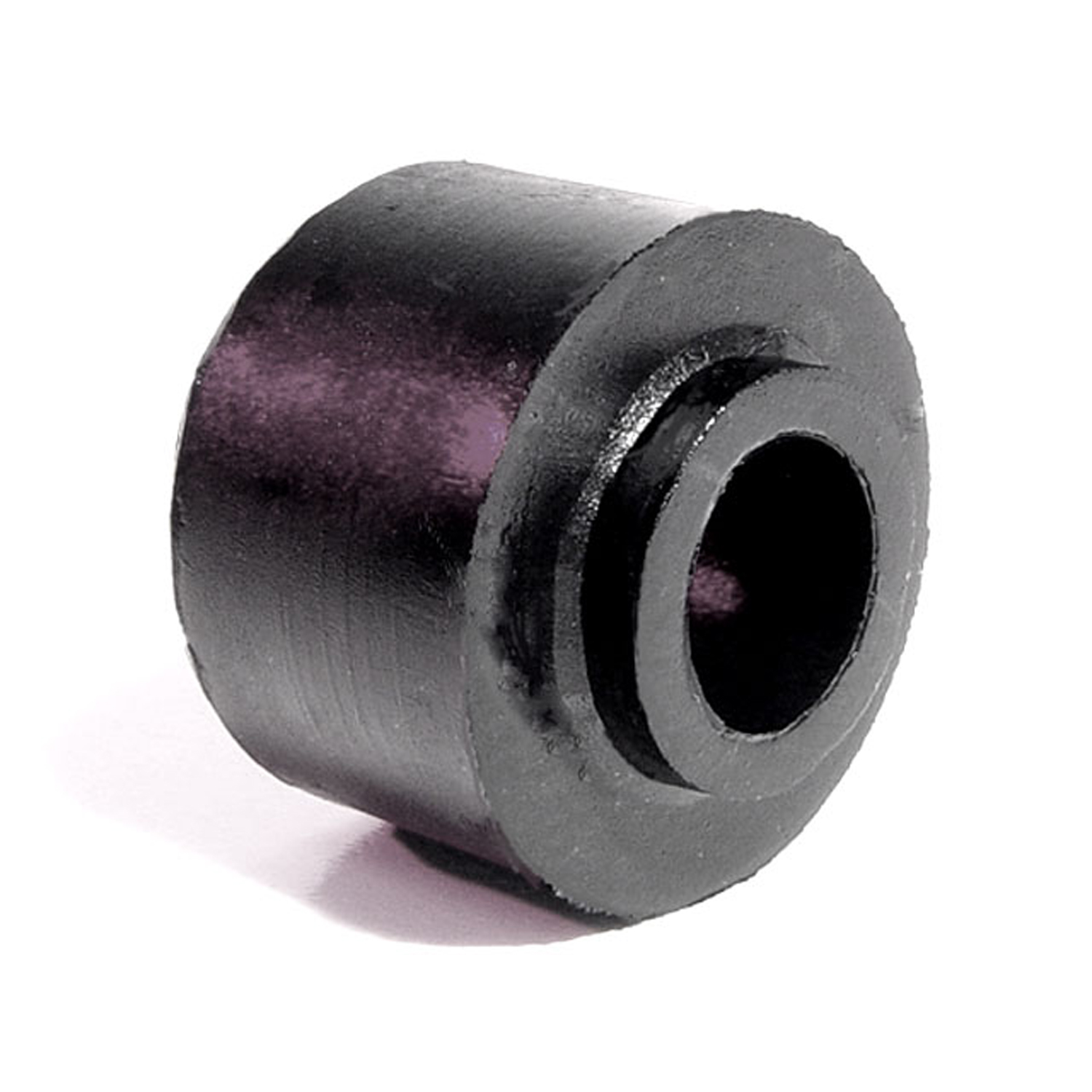 1951 Pontiac Chieftain Shock Absorber Grommet. 1" bottom O.D., 3/4" high-BN 1Shock Absorber Grommet. 1" bottom O.D., 3/4" high., with 7/16" I.D. Each
1951 Pontiac Chieftain Shock Absorber Grommet. 1" bottom O.D., 3/4" high-BN 1Shock Absorber Grommet. 1" bottom O.D., 3/4" high., with 7/16" I.D. Each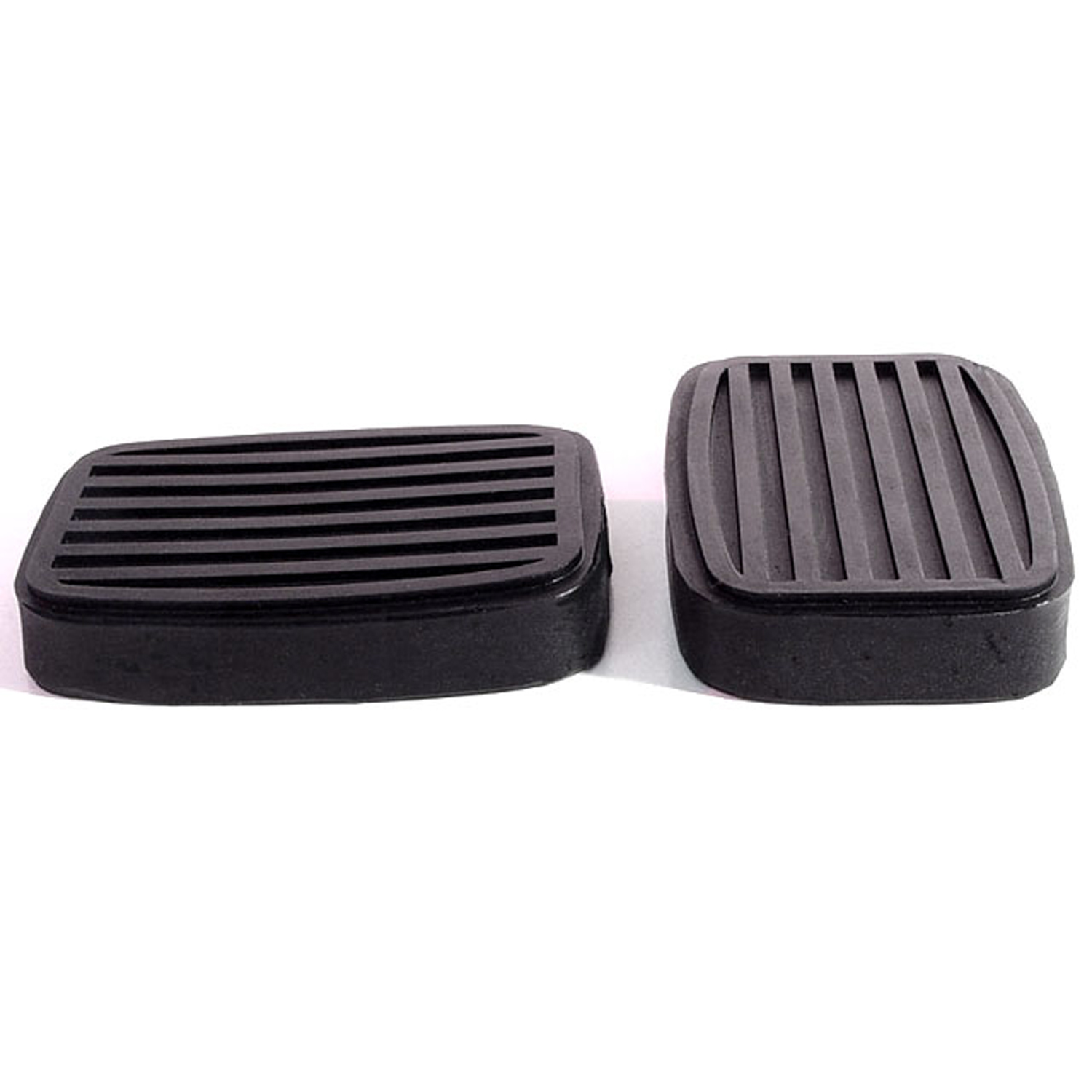 1951 Pontiac Chieftain Clutch and Brake Pedal Pads. 2" wide X 3" long. Pair-CB 15Clutch and Brake Pedal Pads. 2" wide X 3" long. Pair
1951 Pontiac Chieftain Clutch and Brake Pedal Pads. 2" wide X 3" long. Pair-CB 15Clutch and Brake Pedal Pads. 2" wide X 3" long. Pair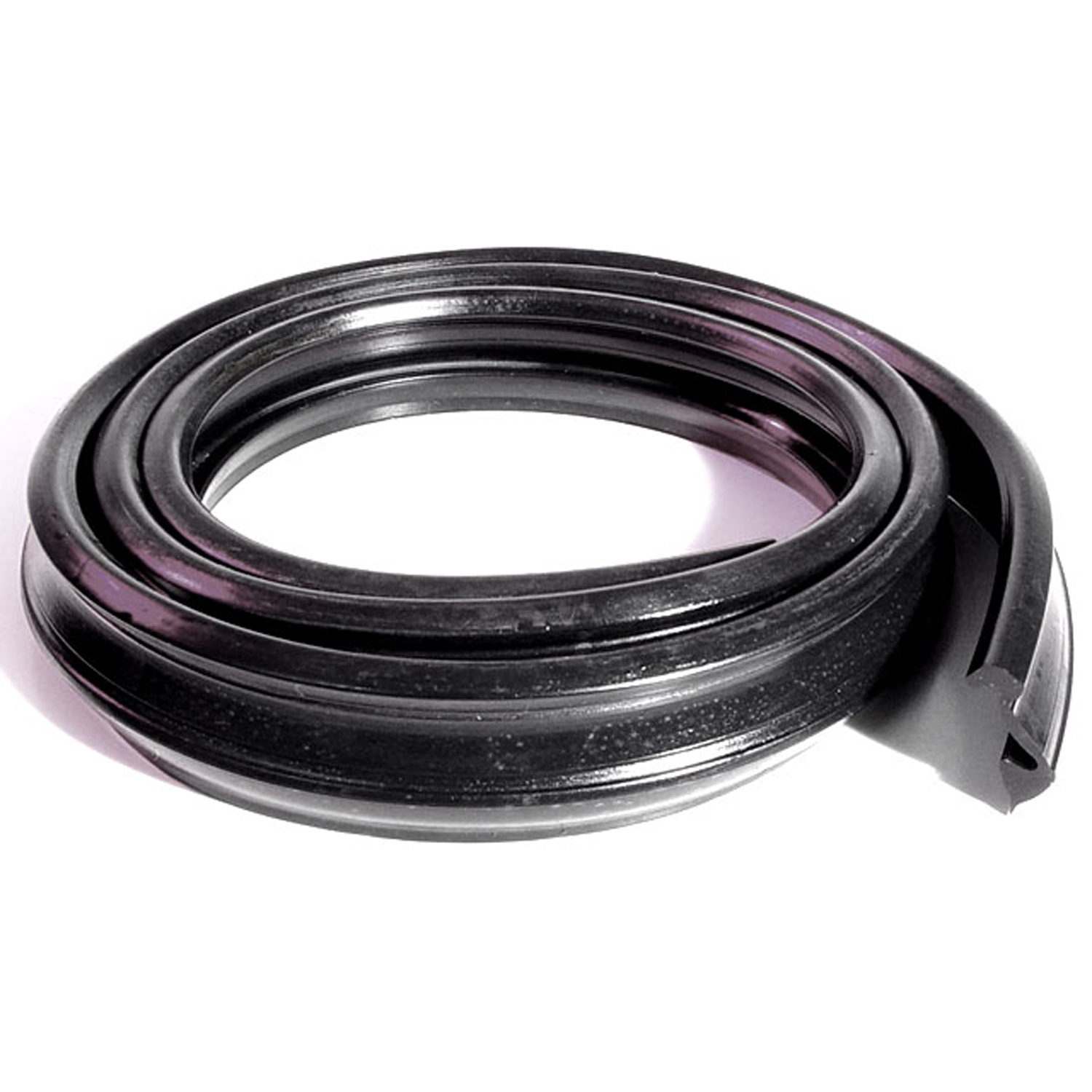 1951 Pontiac Chieftain Cowl and Hood Seal. All rubber. 5' Piece. Each-CS 2Cowl and Hood Seal. All rubber. 5' Piece. Each
1951 Pontiac Chieftain Cowl and Hood Seal. All rubber. 5' Piece. Each-CS 2Cowl and Hood Seal. All rubber. 5' Piece. Each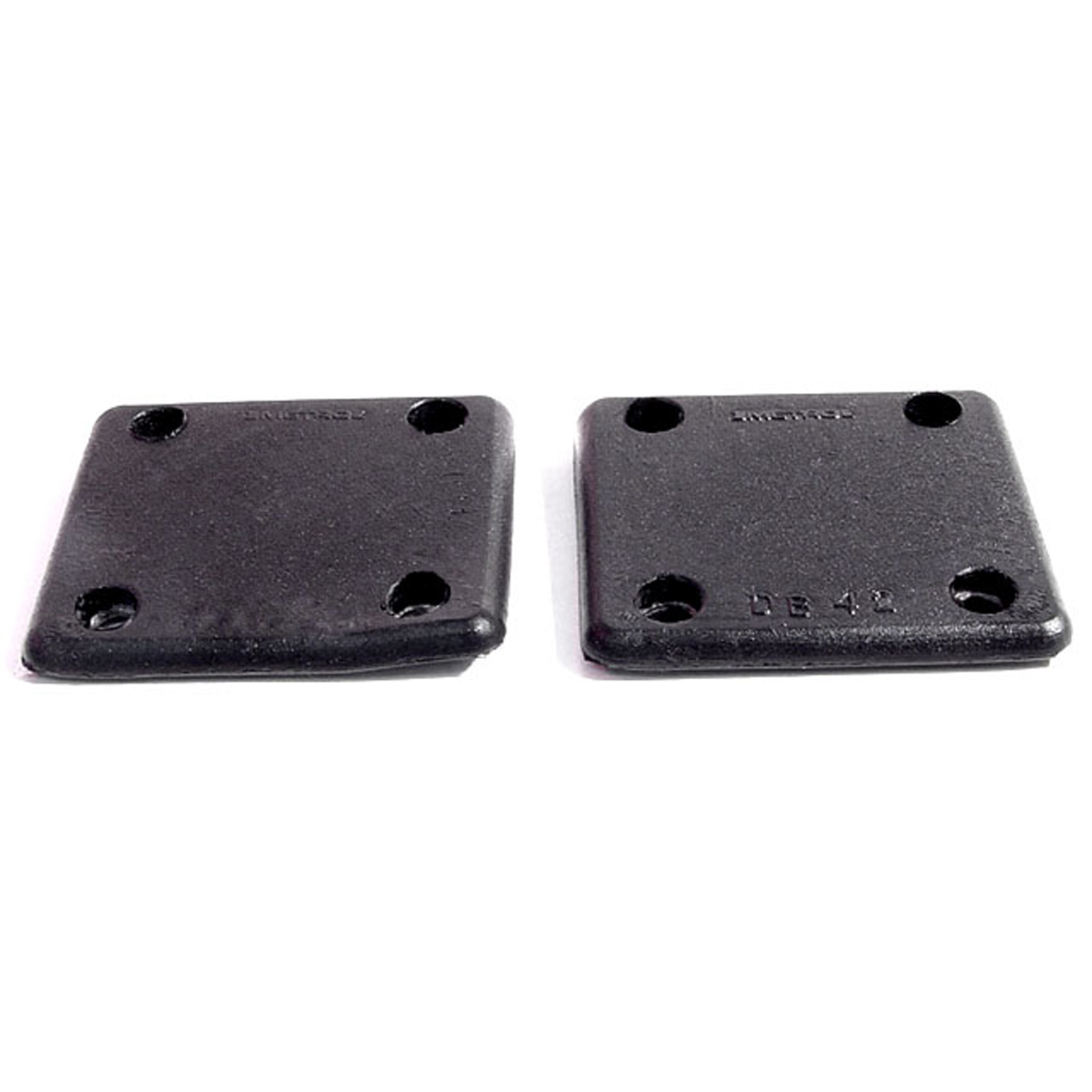 1951 Pontiac Chieftain Door Side Bumper-DB 42Door Side Bumper. Each bumper has four screws and steel core like original. 1-5/8" high X 1-13/16" X 5/32" thick. Pair
1951 Pontiac Chieftain Door Side Bumper-DB 42Door Side Bumper. Each bumper has four screws and steel core like original. 1-5/8" high X 1-13/16" X 5/32" thick. Pair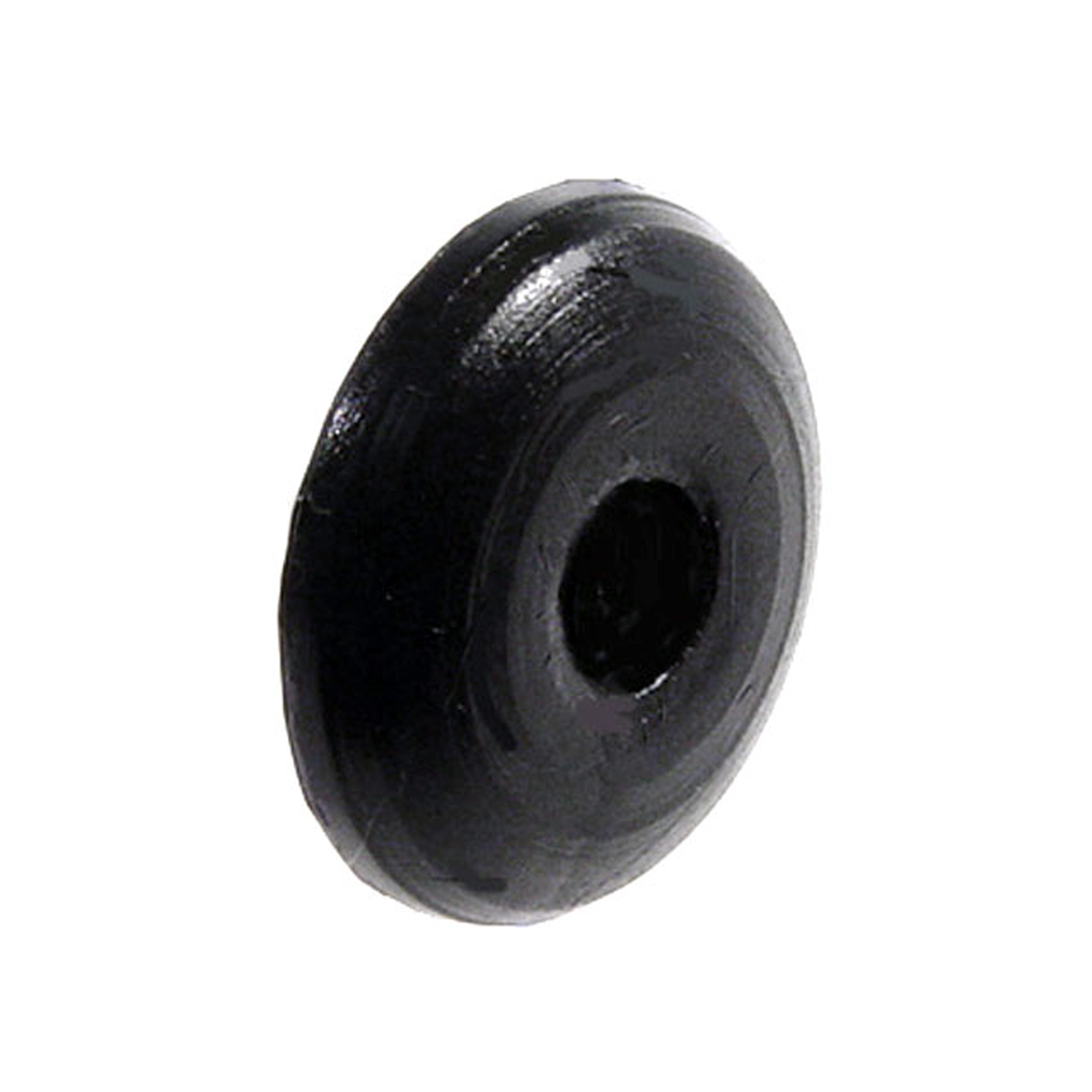 1951 Pontiac Chieftain Upper Door Hinge Post Bumper. Held by screw-DB 60-AUpper Door Hinge Post Bumper. Held by screw. 7/8" diameter X 1/8" thick. Each
1951 Pontiac Chieftain Upper Door Hinge Post Bumper. Held by screw-DB 60-AUpper Door Hinge Post Bumper. Held by screw. 7/8" diameter X 1/8" thick. Each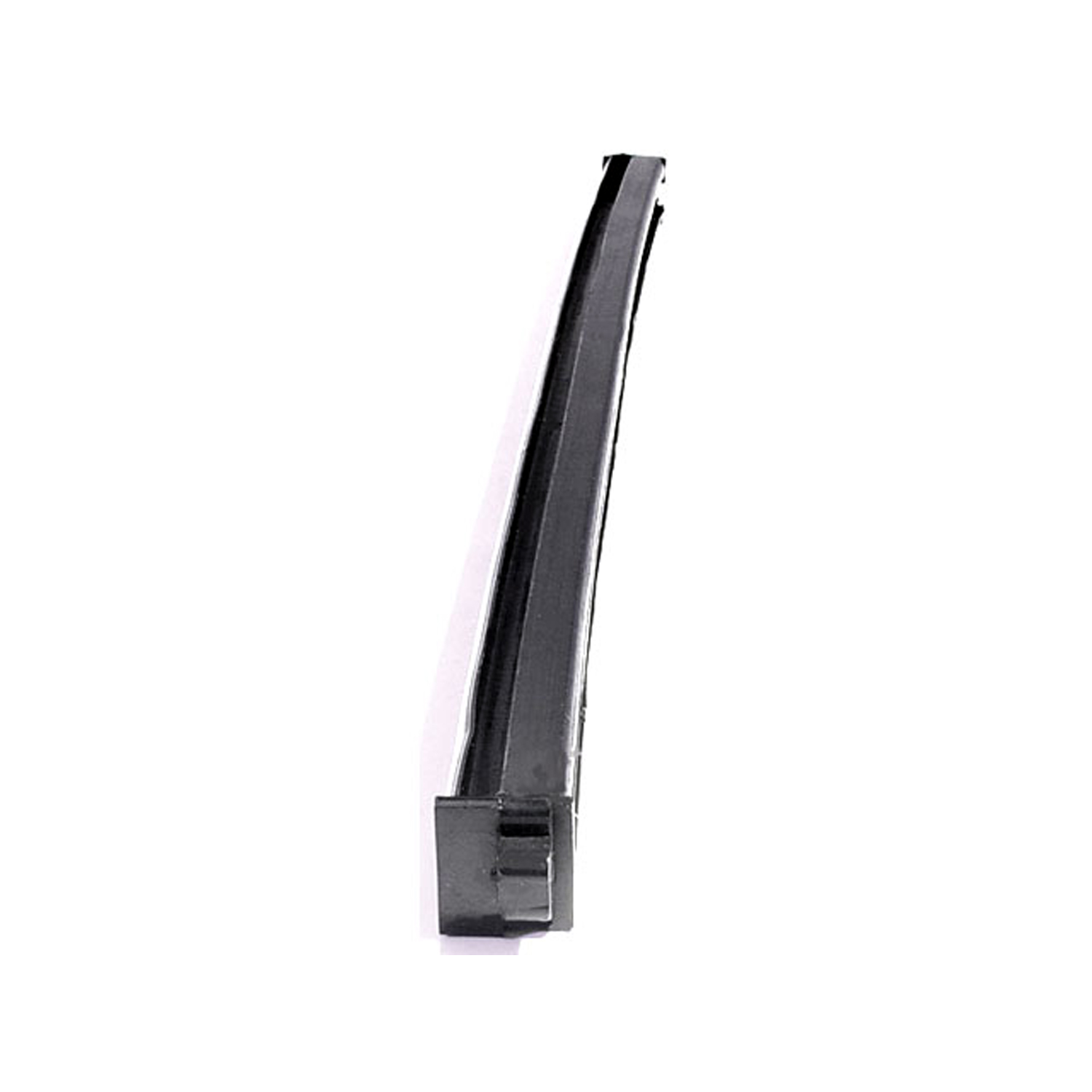 1951 Pontiac Chieftain Center Division Bar Seal and Retainer-DP 16Center Division Bar Seal and Retainer. Made to original specifications to accommodate chrome molding. 17-1/2" long. Each
1951 Pontiac Chieftain Center Division Bar Seal and Retainer-DP 16Center Division Bar Seal and Retainer. Made to original specifications to accommodate chrome molding. 17-1/2" long. Each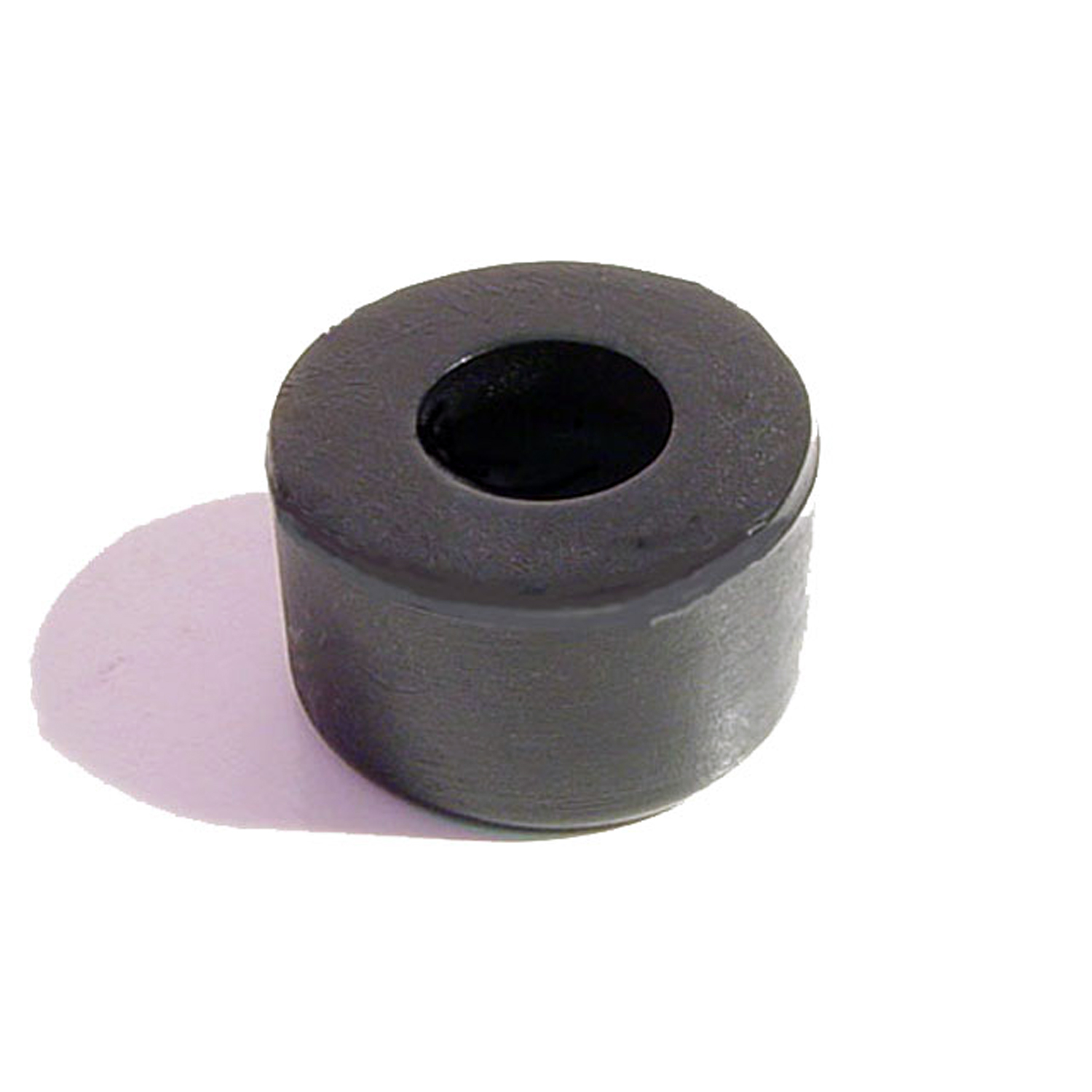 1951 Pontiac Chieftain Door, Hood and Trunk Bumper Cap for adjustment bolt-HA 5Door, Hood and Trunk Bumper Cap for adjustment bolt. 7/8" diameter X 7/16" thick. Each
1951 Pontiac Chieftain Door, Hood and Trunk Bumper Cap for adjustment bolt-HA 5Door, Hood and Trunk Bumper Cap for adjustment bolt. 7/8" diameter X 7/16" thick. Each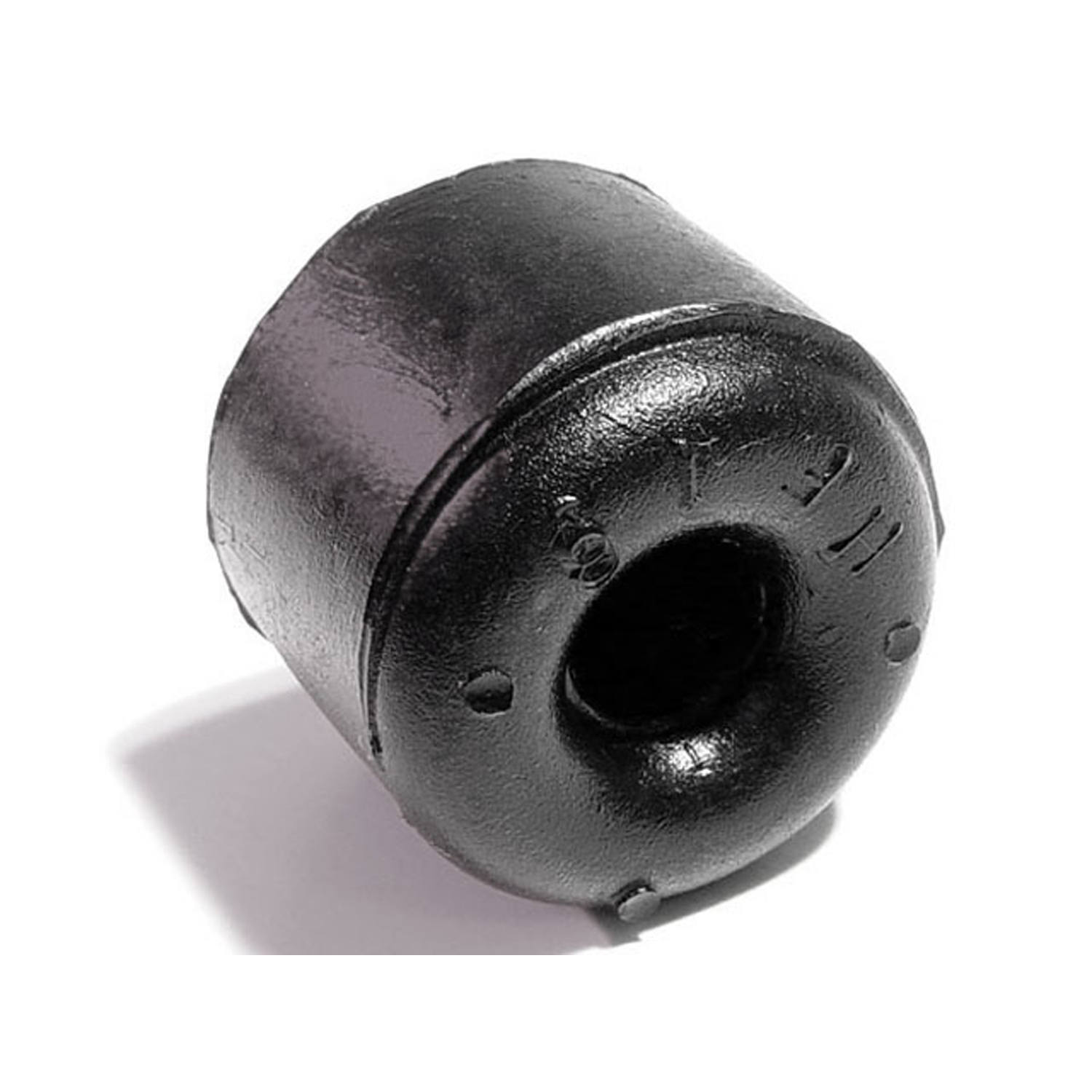 1951 Pontiac Chieftain Door and Hood Bumper. 1" diameter X 7/8" thick. Each-HF 16Door and Hood Bumper. 1" diameter X 7/8" thick. Each
1951 Pontiac Chieftain Door and Hood Bumper. 1" diameter X 7/8" thick. Each-HF 16Door and Hood Bumper. 1" diameter X 7/8" thick. Each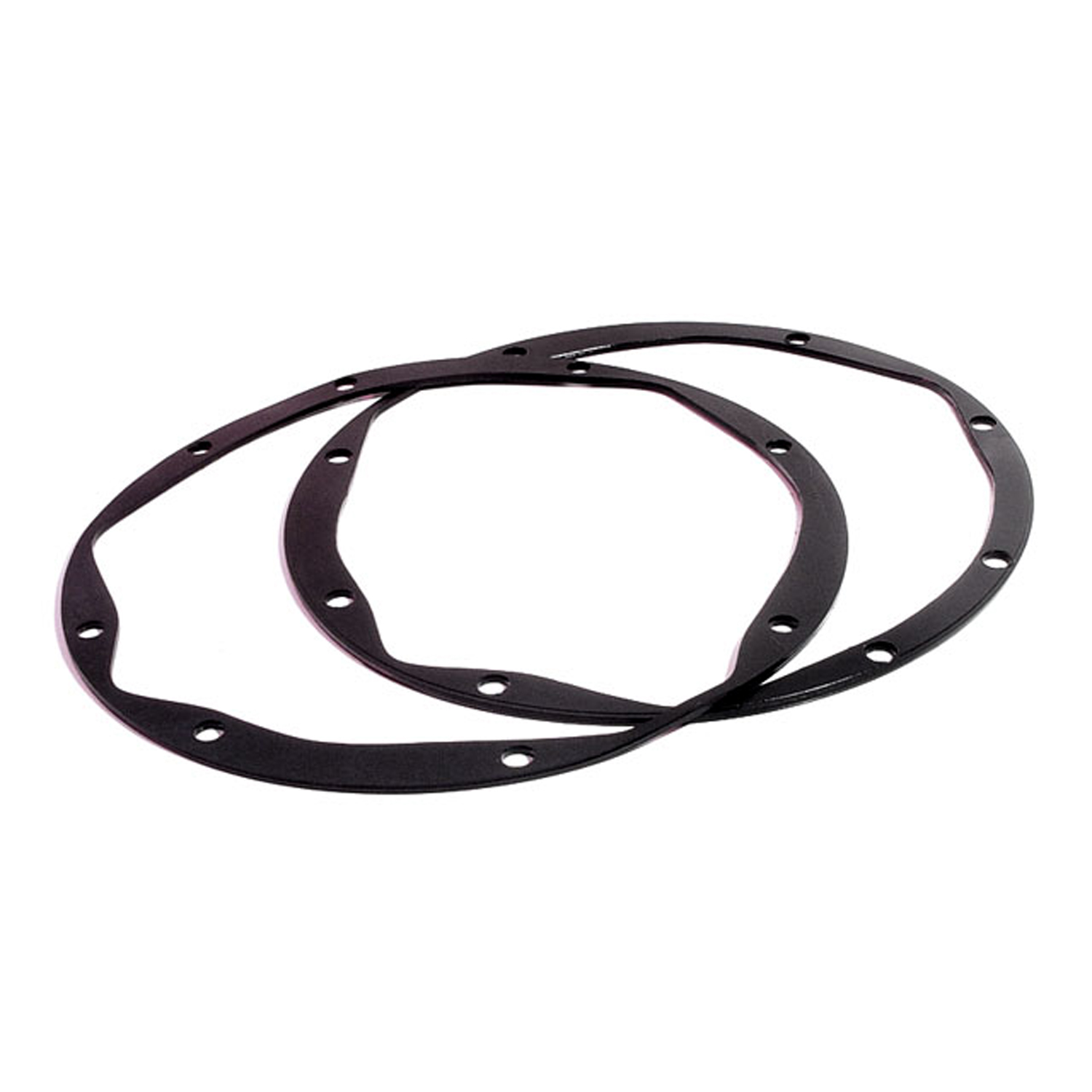 1951 Pontiac Chieftain Headlight Assembly Housing Pad. 8-3/8" O.D. Pair-HR 7Headlight Assembly Housing Pad. 8-3/8" O.D. Pair
1951 Pontiac Chieftain Headlight Assembly Housing Pad. 8-3/8" O.D. Pair-HR 7Headlight Assembly Housing Pad. 8-3/8" O.D. Pair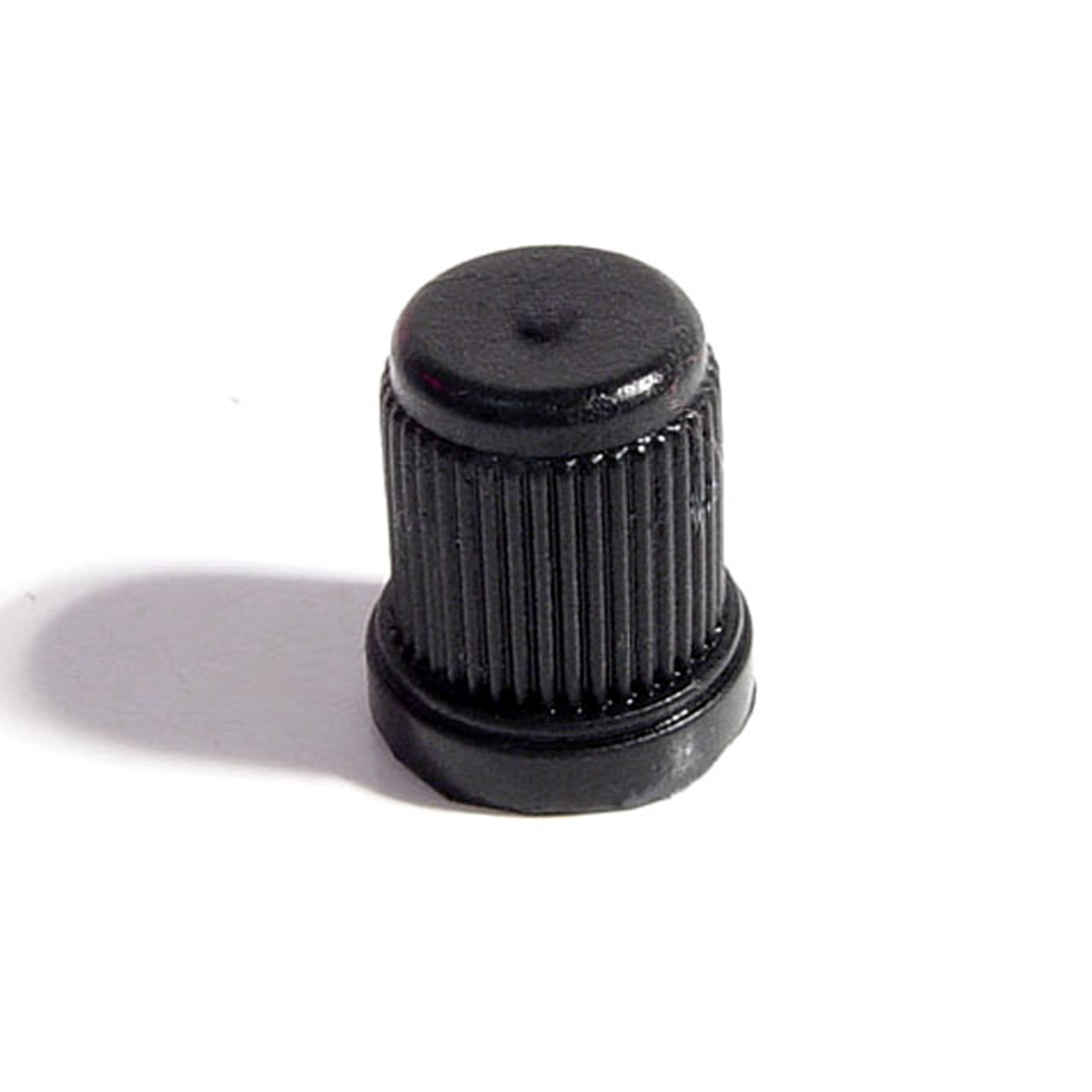 1951 Pontiac Chieftain Trip Meter Reset Knob. Made of black rubber-KN 10Trip Meter Reset Knob. Made of black rubber. Compare to measurements: 1/8" I.D., 7/16" O.D. X 1/2" tall. Each
1951 Pontiac Chieftain Trip Meter Reset Knob. Made of black rubber-KN 10Trip Meter Reset Knob. Made of black rubber. Compare to measurements: 1/8" I.D., 7/16" O.D. X 1/2" tall. Each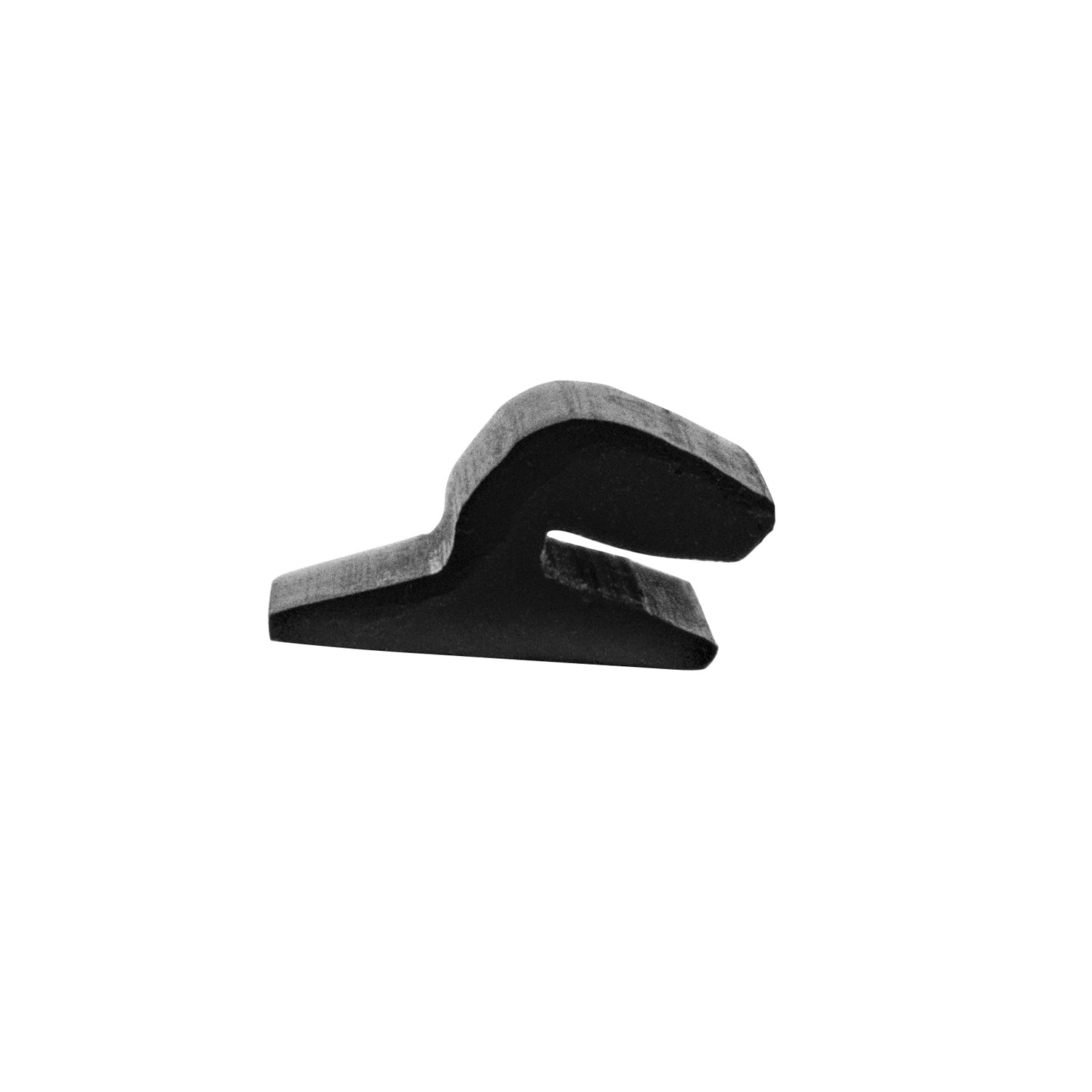 1951 Pontiac Chieftain Fender Skirt Seal. Sold by the foot-LP 111-CFender Skirt Seal. Sold by the foot
1951 Pontiac Chieftain Fender Skirt Seal. Sold by the foot-LP 111-CFender Skirt Seal. Sold by the foot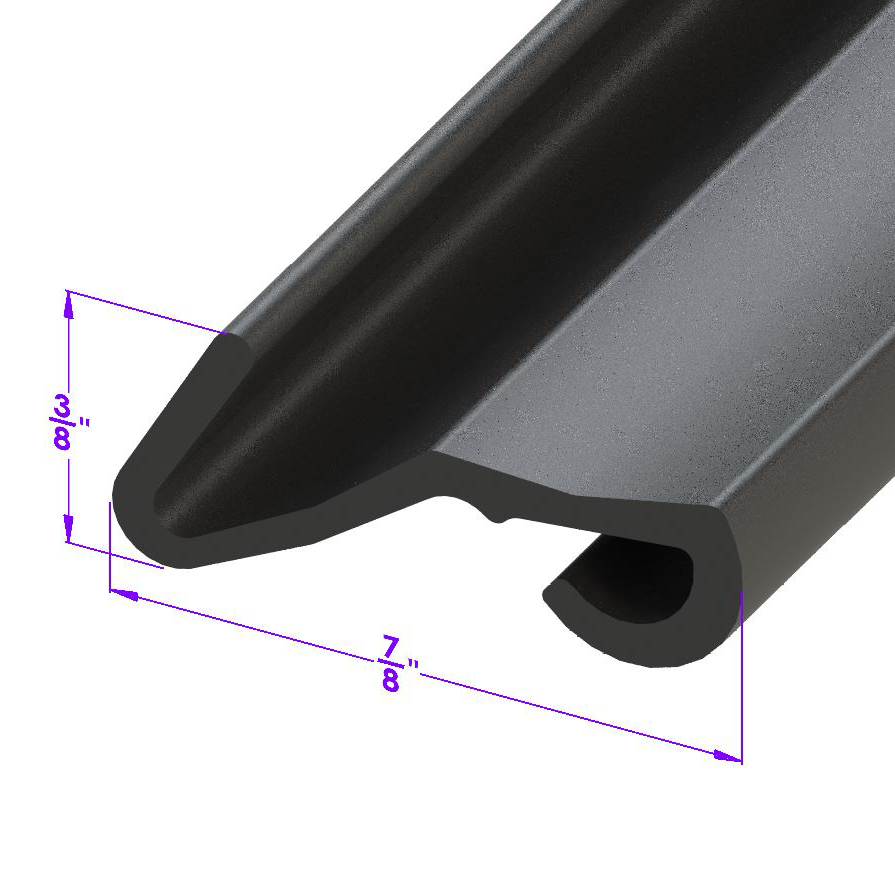 1951 Pontiac Chieftain Fender Skirt Seal. Sold by the foot-LP 111-JFender Skirt Seal. Sold by the foot
1951 Pontiac Chieftain Fender Skirt Seal. Sold by the foot-LP 111-JFender Skirt Seal. Sold by the foot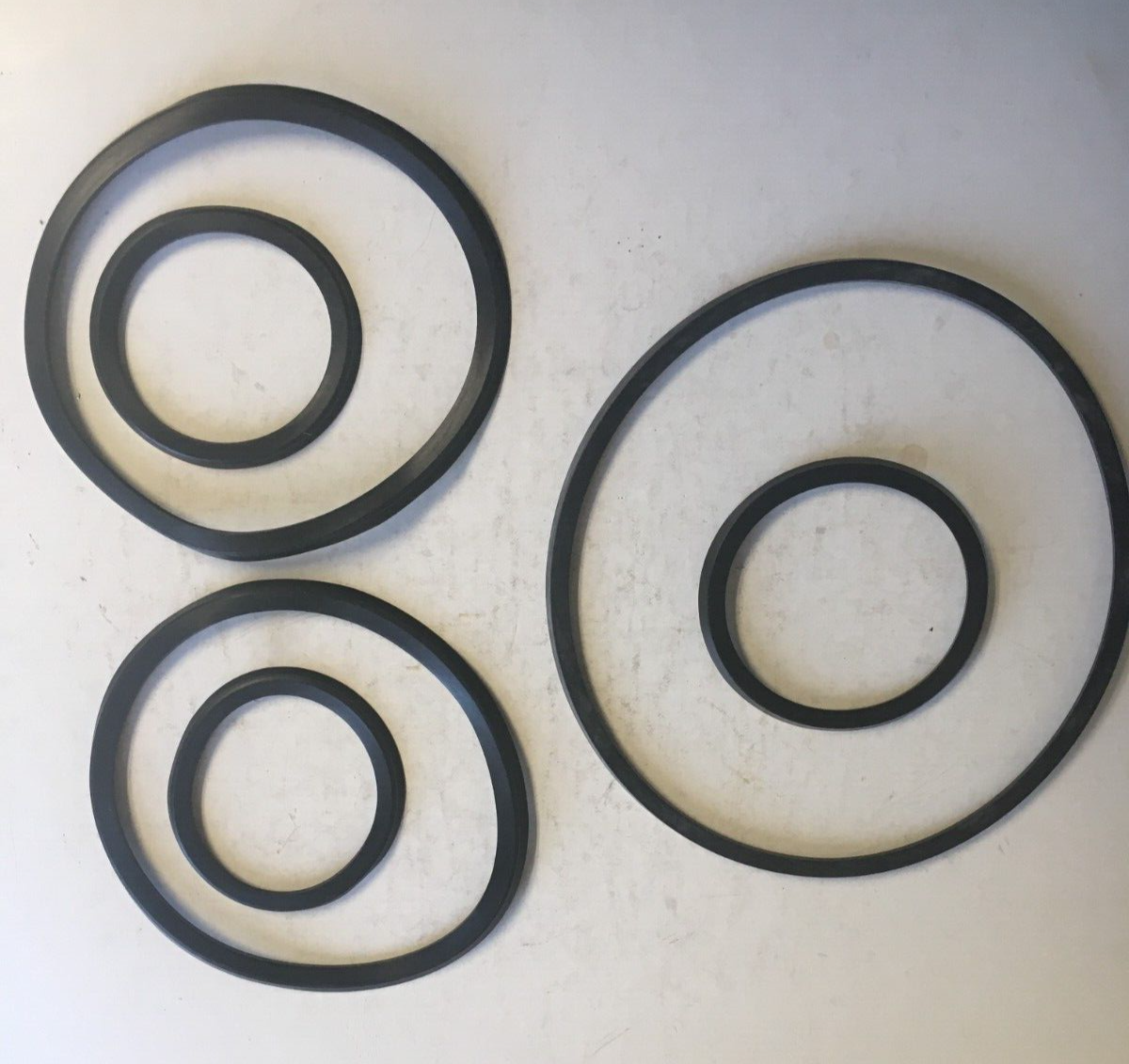 1951 Pontiac Chieftain HYDRAMATIC TRANSMISSION LIP SL-LS 1HYDRAMATIC TRANSMISSION LIP SL, CADILLAC OLDSMOBILE PONTIAC HUDSON NASH LINC KAISER '46-54, SET
1951 Pontiac Chieftain HYDRAMATIC TRANSMISSION LIP SL-LS 1HYDRAMATIC TRANSMISSION LIP SL, CADILLAC OLDSMOBILE PONTIAC HUDSON NASH LINC KAISER '46-54, SET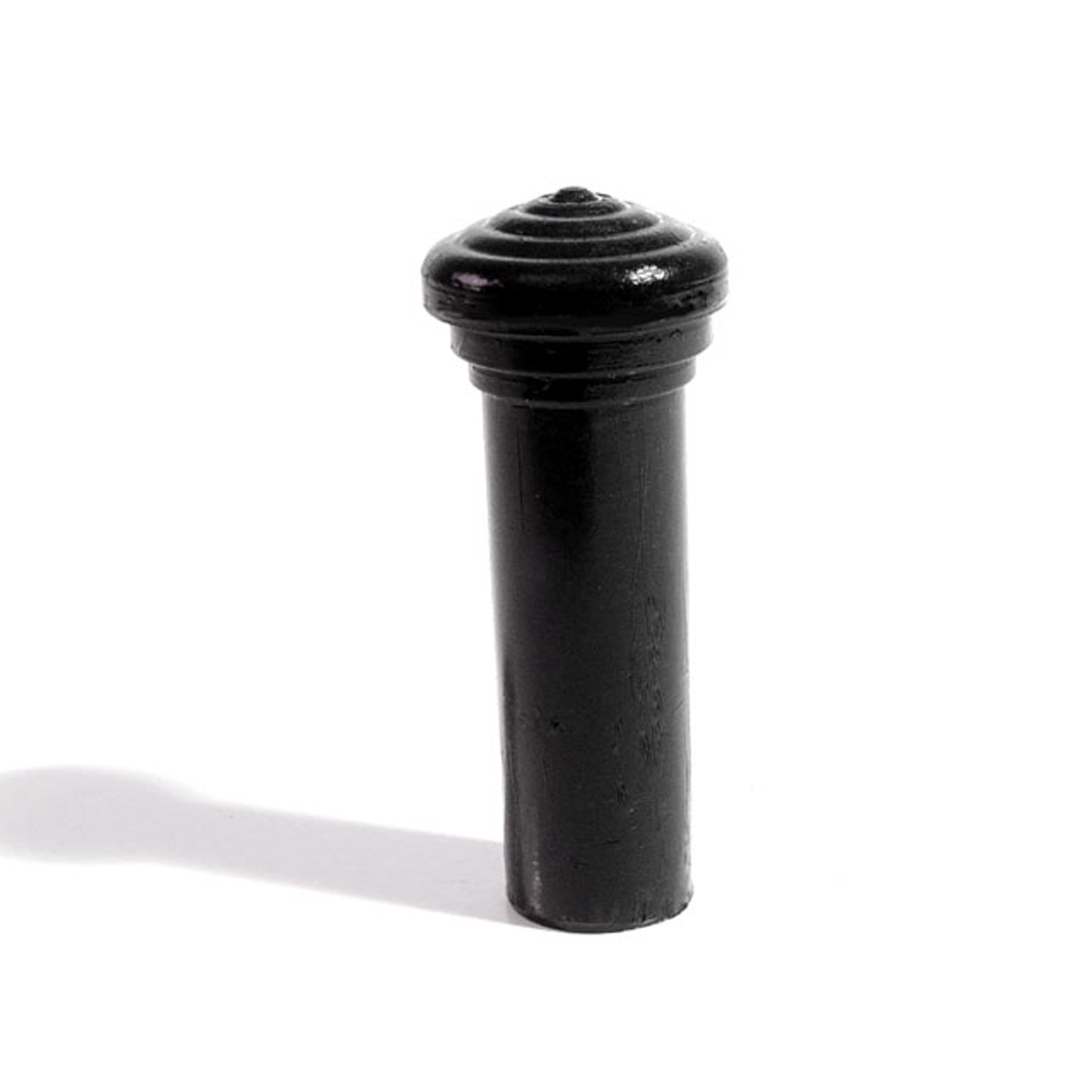 1951 Pontiac Chieftain Door Lock Knob. Made of Black rubber, self-threading-RP 304-ADoor Lock Knob. Made of Black rubber, self-threading. 1-3/8" tall with 1/8" lower I.D., 3/8" lower O.D. Each
1951 Pontiac Chieftain Door Lock Knob. Made of Black rubber, self-threading-RP 304-ADoor Lock Knob. Made of Black rubber, self-threading. 1-3/8" tall with 1/8" lower I.D., 3/8" lower O.D. Each 1951 Pontiac Chieftain Door Lock Knob. Made of Slate Blue rubber, self-threading-RP 304-CDoor Lock Knob. Made of Slate Blue rubber, self-threading. 1-3/8" tall with 1/8" lower I.D., 3/8" lower O.D. Each
1951 Pontiac Chieftain Door Lock Knob. Made of Slate Blue rubber, self-threading-RP 304-CDoor Lock Knob. Made of Slate Blue rubber, self-threading. 1-3/8" tall with 1/8" lower I.D., 3/8" lower O.D. Each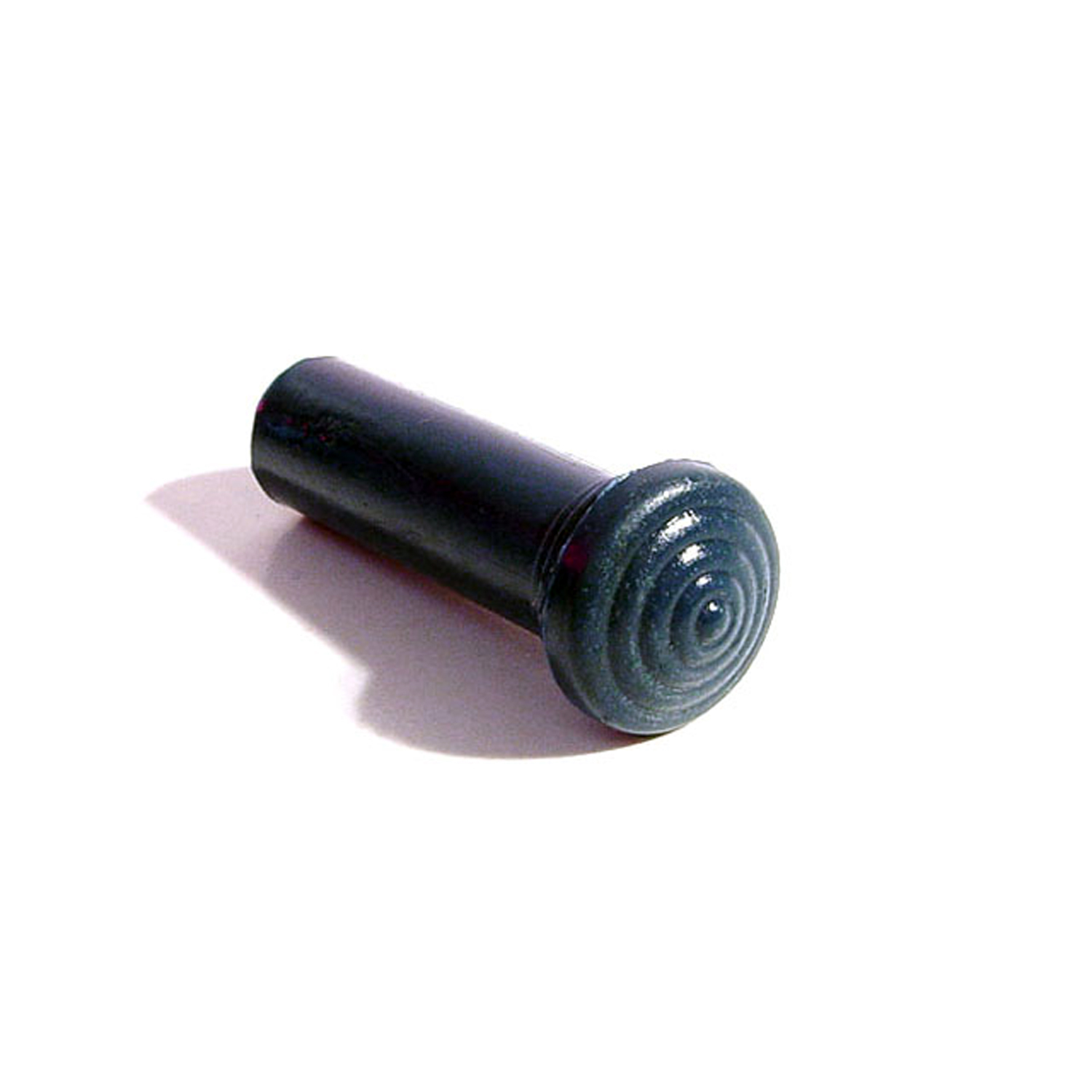 1951 Pontiac Chieftain Door Lock Knob. Made of Navy Blue rubber, self-threading-RP 304-DDoor Lock Knob. Made of Navy Blue rubber, self-threading. 1-3/8" tall with 1/8" lower I.D., 3/8" lower O.D. Each
1951 Pontiac Chieftain Door Lock Knob. Made of Navy Blue rubber, self-threading-RP 304-DDoor Lock Knob. Made of Navy Blue rubber, self-threading. 1-3/8" tall with 1/8" lower I.D., 3/8" lower O.D. Each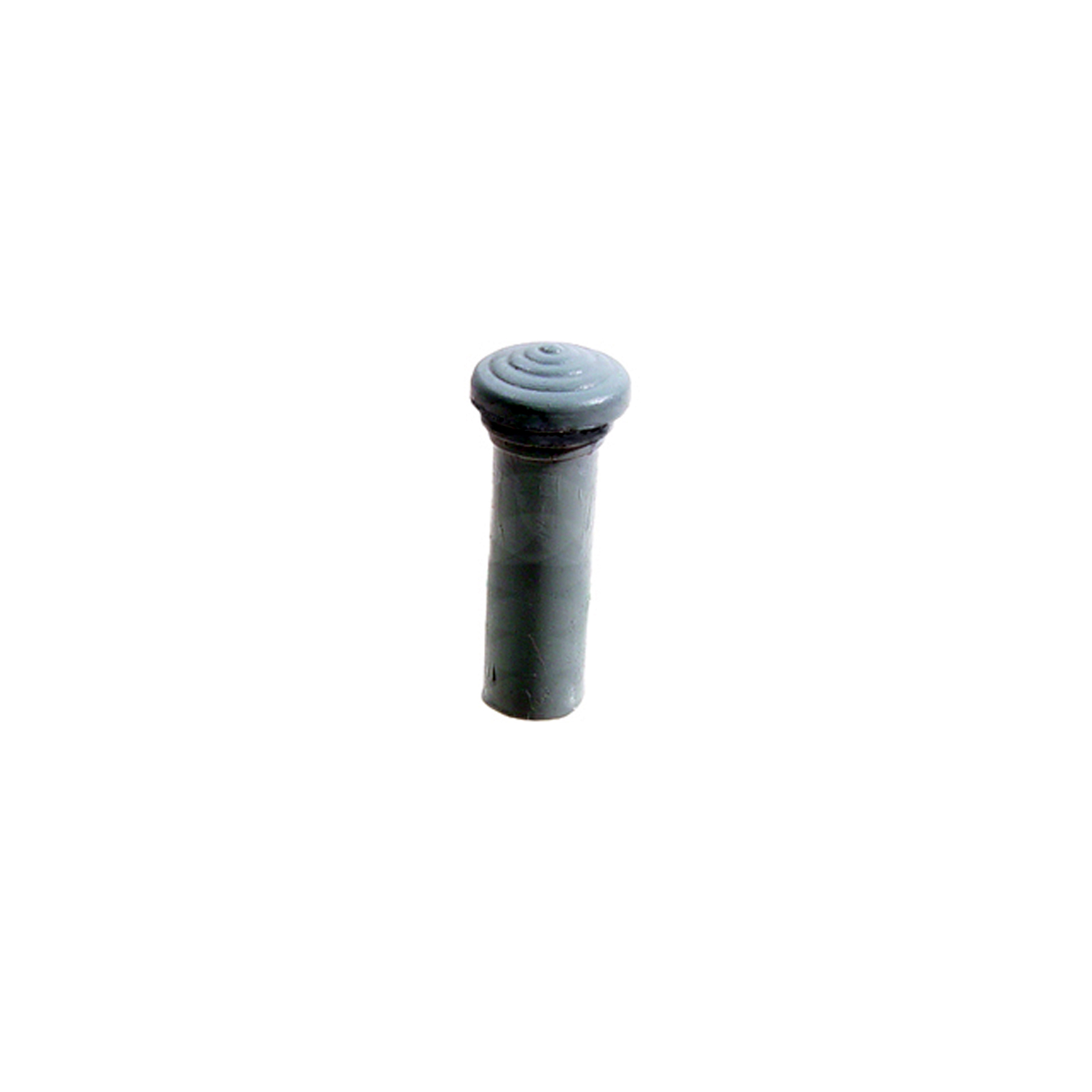 1951 Pontiac Chieftain Door Lock Knob. Made of Silver Blue rubber, self-threading-RP 304-EDoor Lock Knob. Made of Silver Blue rubber, self-threading. 1-3/8" tall with 1/8" lower I.D., 3/8" lower O.D. Each
1951 Pontiac Chieftain Door Lock Knob. Made of Silver Blue rubber, self-threading-RP 304-EDoor Lock Knob. Made of Silver Blue rubber, self-threading. 1-3/8" tall with 1/8" lower I.D., 3/8" lower O.D. Each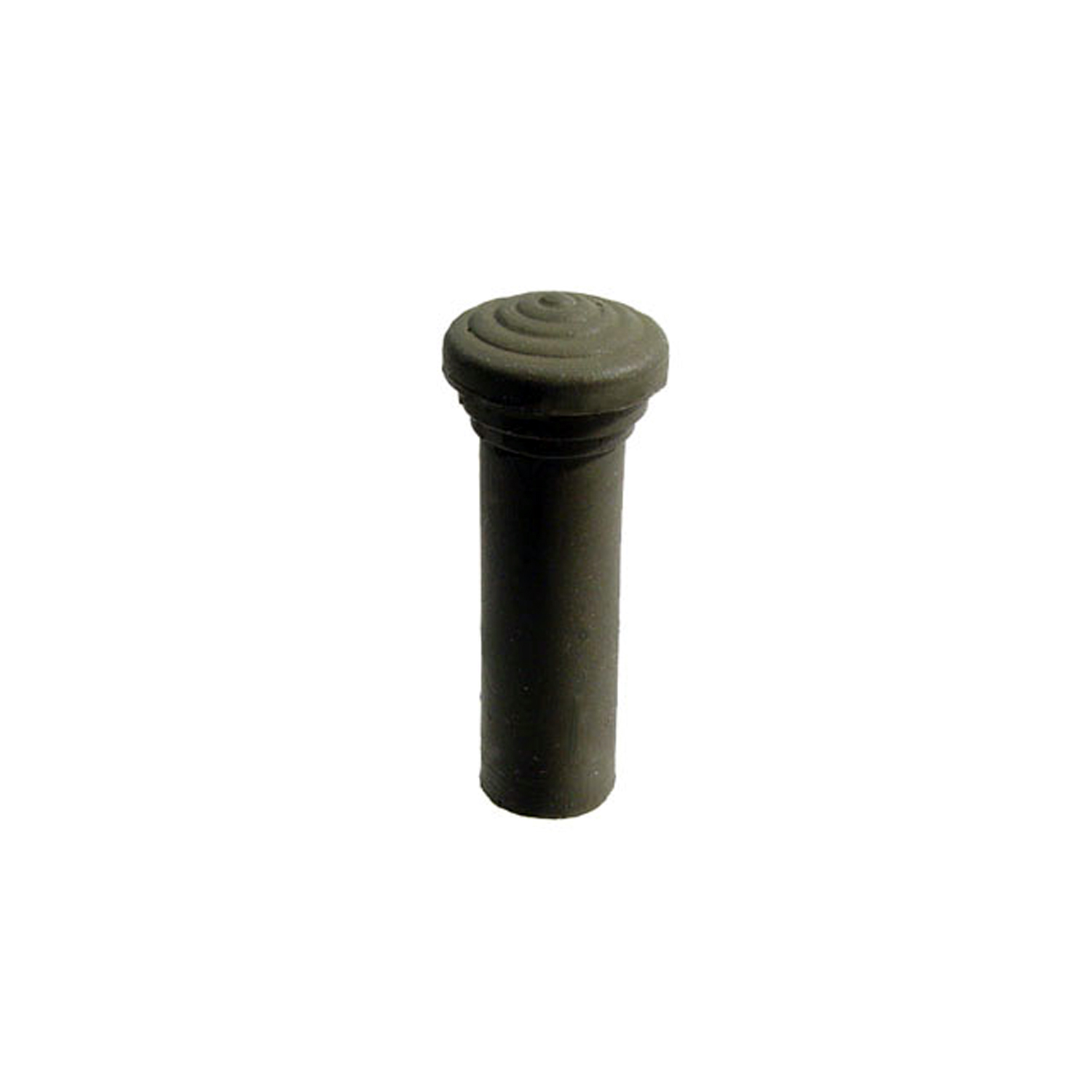 1951 Pontiac Chieftain Door Lock Knob. Made of Fawn colored rubber, self-threading-RP 304-FDoor Lock Knob. Made of Fawn colored rubber, self-threading. 1-3/8" tall with 1/8" lower I.D., 3/8" lower O.D. Each
1951 Pontiac Chieftain Door Lock Knob. Made of Fawn colored rubber, self-threading-RP 304-FDoor Lock Knob. Made of Fawn colored rubber, self-threading. 1-3/8" tall with 1/8" lower I.D., 3/8" lower O.D. Each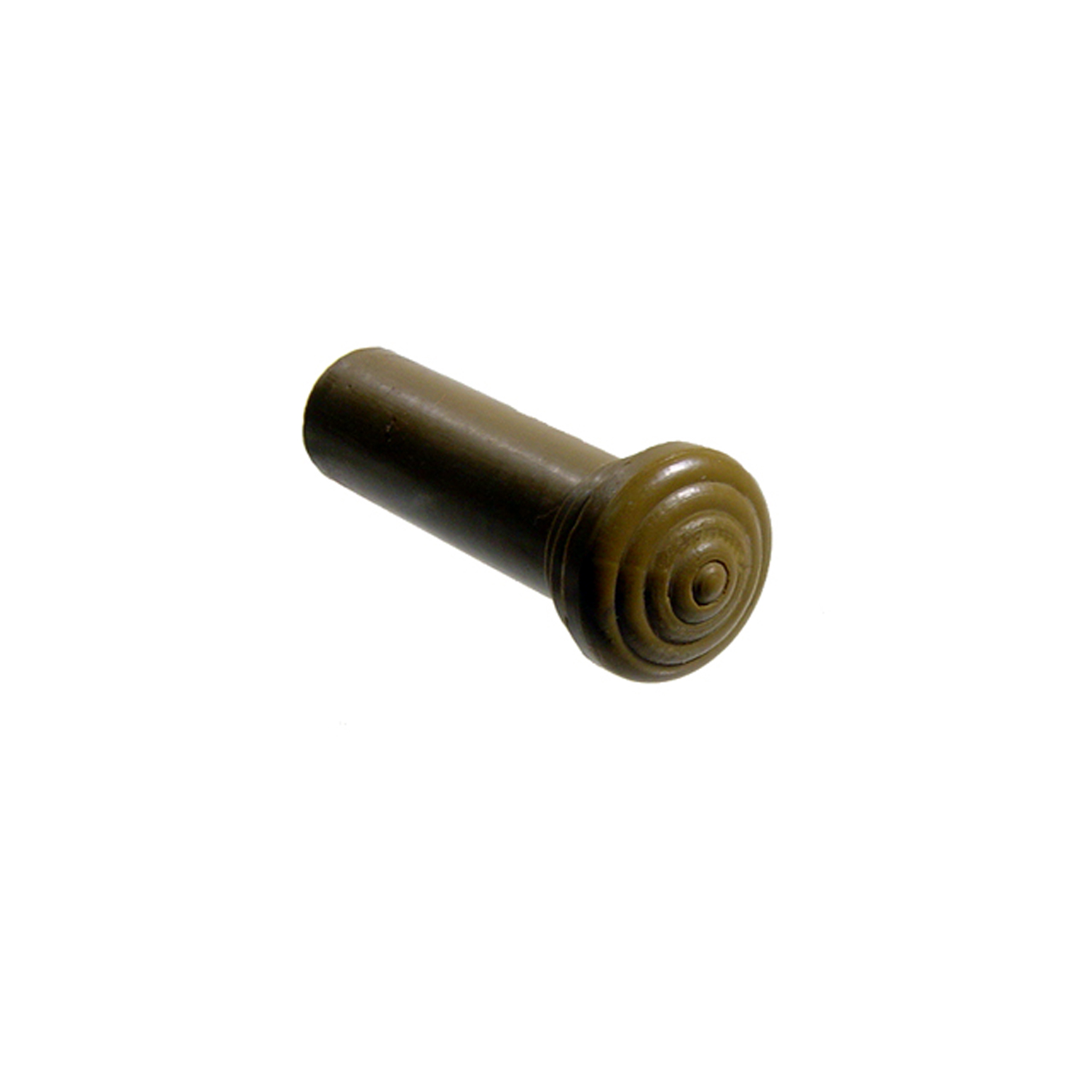 1951 Pontiac Chieftain Door Lock Knob. Made of Olive Green rubber, self-threading-RP 304-GDoor Lock Knob. Made of Olive Green rubber, self-threading. 1-3/8" tall with 1/8" lower I.D., 3/8" lower O.D. Each
1951 Pontiac Chieftain Door Lock Knob. Made of Olive Green rubber, self-threading-RP 304-GDoor Lock Knob. Made of Olive Green rubber, self-threading. 1-3/8" tall with 1/8" lower I.D., 3/8" lower O.D. Each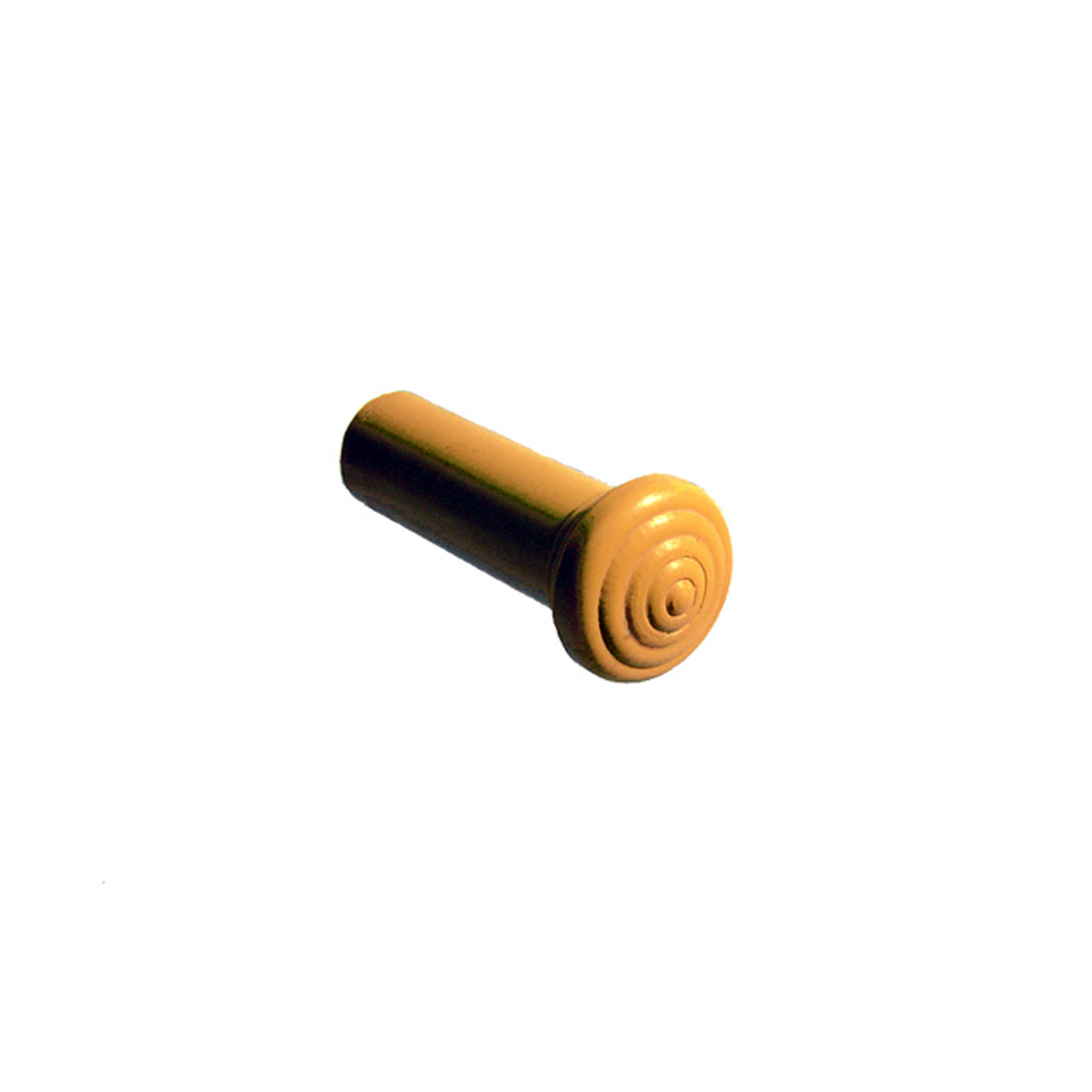 1951 Pontiac Chieftain Door Lock Knob. Made of Yellow rubber, self-threading-RP 304-HDoor Lock Knob. Made of Yellow rubber, self-threading. 1-3/8" tall with 1/8" lower I.D., 3/8" lower O.D. Each
1951 Pontiac Chieftain Door Lock Knob. Made of Yellow rubber, self-threading-RP 304-HDoor Lock Knob. Made of Yellow rubber, self-threading. 1-3/8" tall with 1/8" lower I.D., 3/8" lower O.D. Each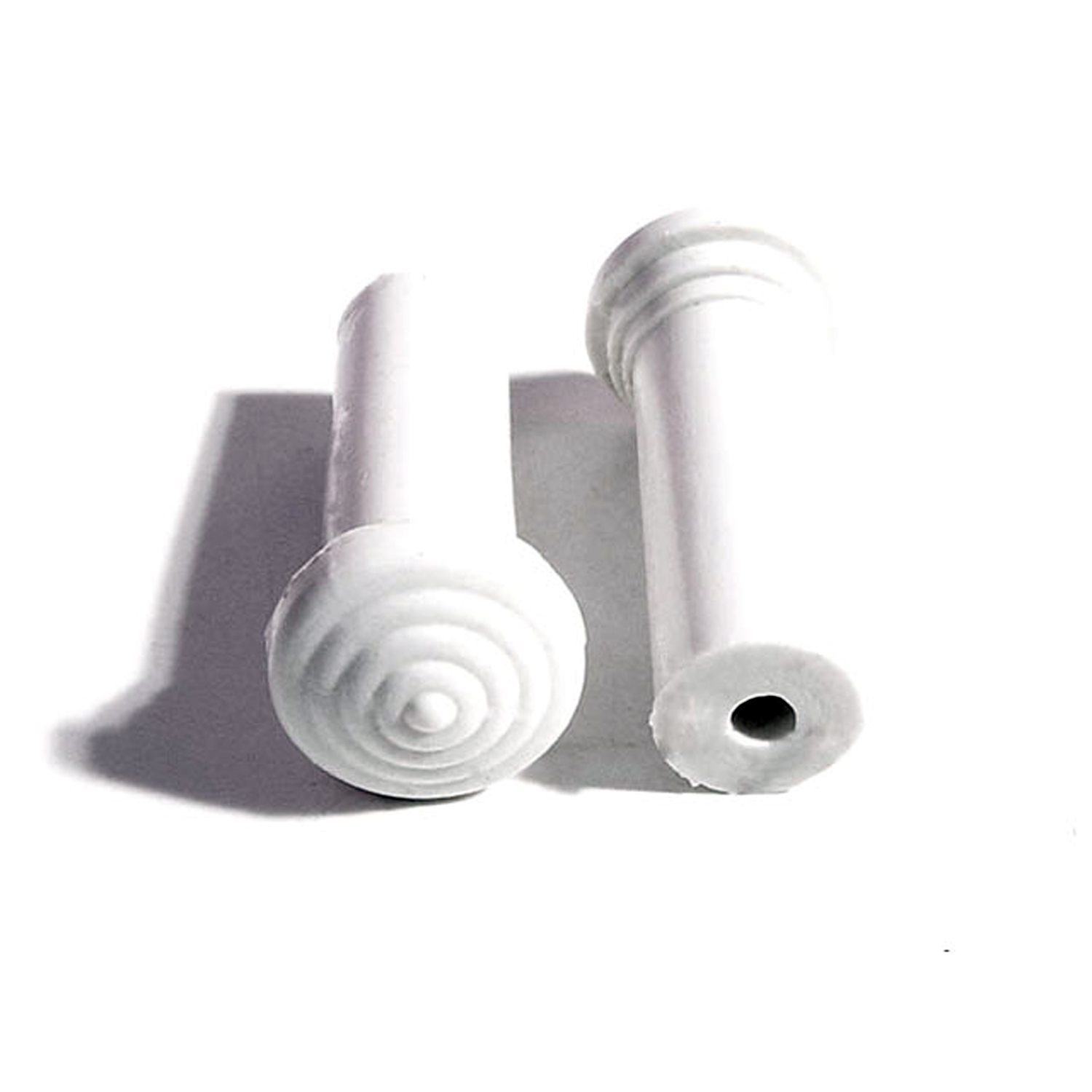 1951 Pontiac Chieftain Door Lock Knob. Made of White rubber, self-threading-RP 304-IDoor Lock Knob. Made of White rubber, self-threading. 1-3/8" tall with 1/8" lower I.D., 3/8" lower O.D. Each
1951 Pontiac Chieftain Door Lock Knob. Made of White rubber, self-threading-RP 304-IDoor Lock Knob. Made of White rubber, self-threading. 1-3/8" tall with 1/8" lower I.D., 3/8" lower O.D. Each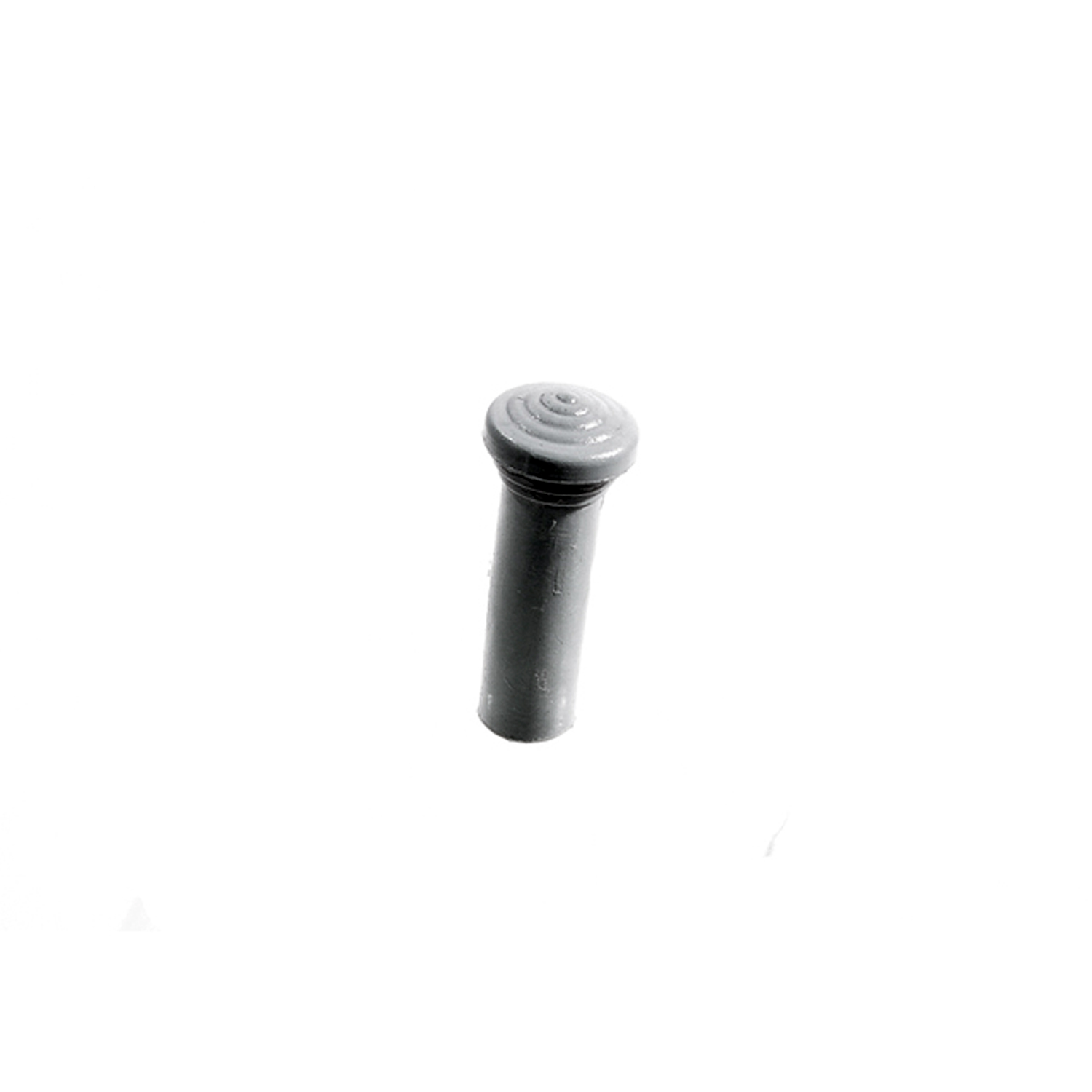 1951 Pontiac Chieftain Door Lock Knob. Made of Silver rubber, self-threading-RP 304-JDoor Lock Knob. Made of Silver rubber, self-threading. 1-3/8" tall with 1/8" lower I.D., 3/8" lower O.D. Each
1951 Pontiac Chieftain Door Lock Knob. Made of Silver rubber, self-threading-RP 304-JDoor Lock Knob. Made of Silver rubber, self-threading. 1-3/8" tall with 1/8" lower I.D., 3/8" lower O.D. Each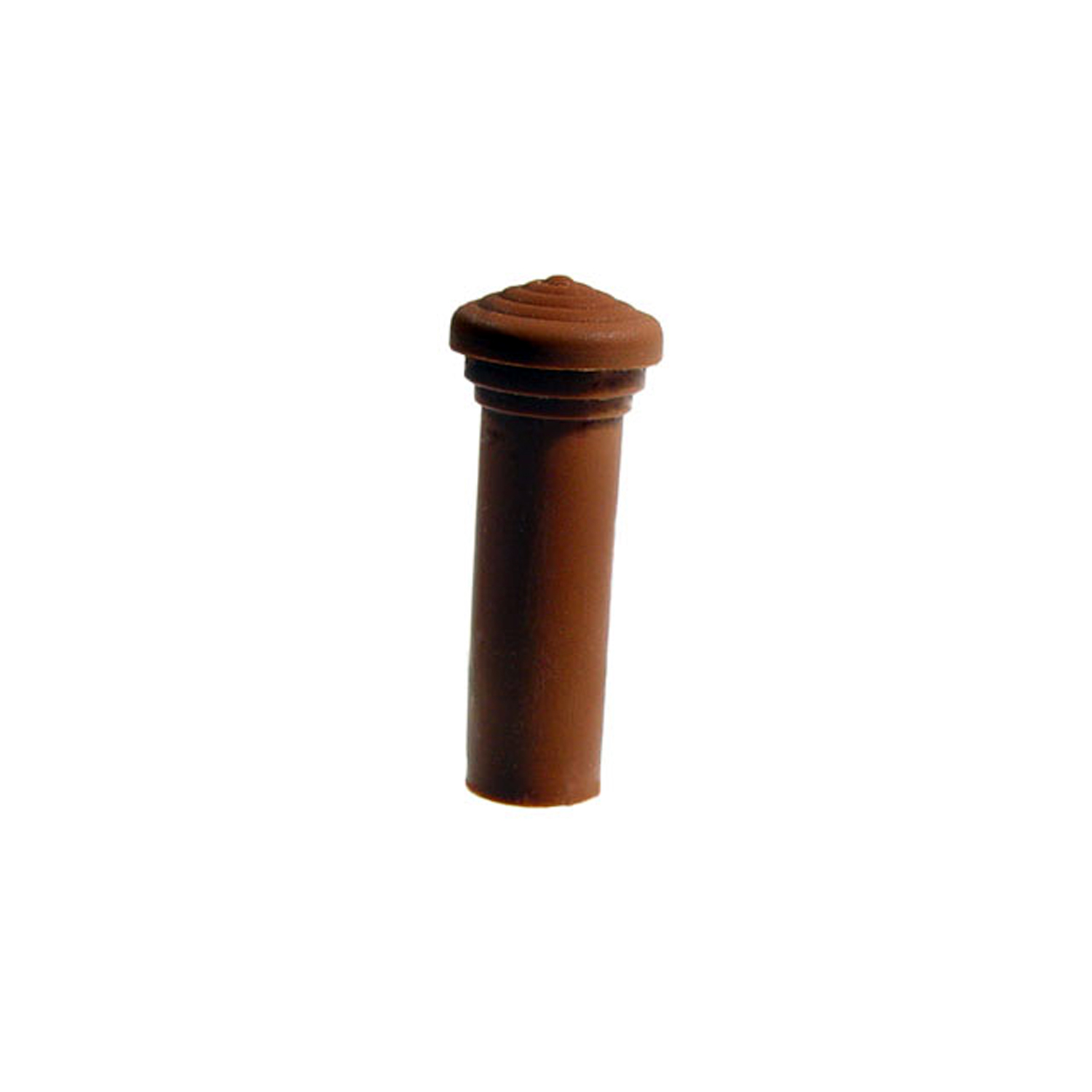 1951 Pontiac Chieftain Door Lock Knob. Made of Medium Brown rubber, self-threading-RP 304-KDoor Lock Knob. Made of Medium Brown rubber, self-threading. 1-3/8" tall with 1/8" lower I.D., 3/8" lower O.D. Each
1951 Pontiac Chieftain Door Lock Knob. Made of Medium Brown rubber, self-threading-RP 304-KDoor Lock Knob. Made of Medium Brown rubber, self-threading. 1-3/8" tall with 1/8" lower I.D., 3/8" lower O.D. Each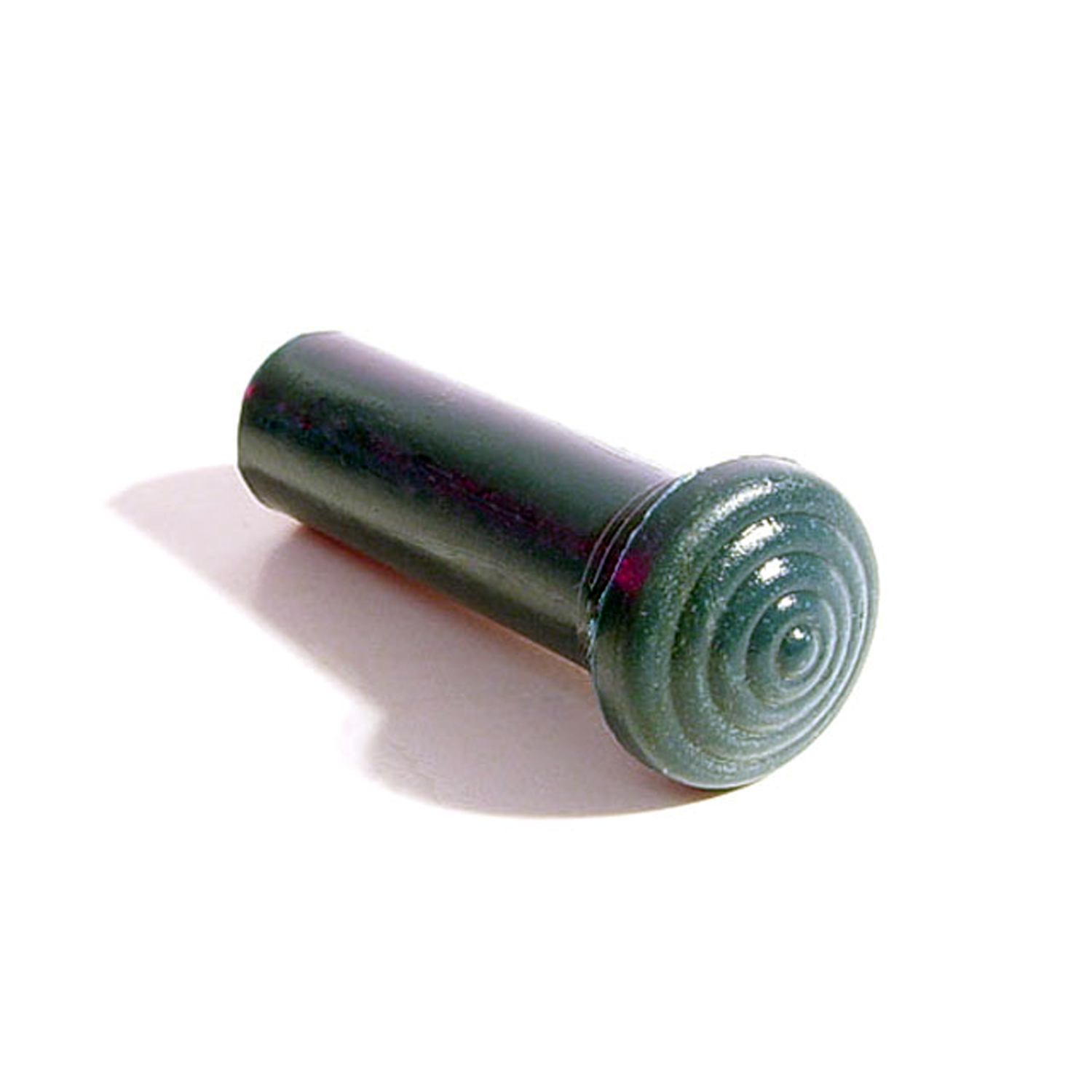 1951 Pontiac Chieftain Door Lock Knob. Made of Wedgwood rubber, self-threading-RP 304-LDoor Lock Knob. Made of Wedgwood rubber, self-threading. 1-3/8" tall with 1/8" lower I.D., 3/8" lower O.D. Each
1951 Pontiac Chieftain Door Lock Knob. Made of Wedgwood rubber, self-threading-RP 304-LDoor Lock Knob. Made of Wedgwood rubber, self-threading. 1-3/8" tall with 1/8" lower I.D., 3/8" lower O.D. Each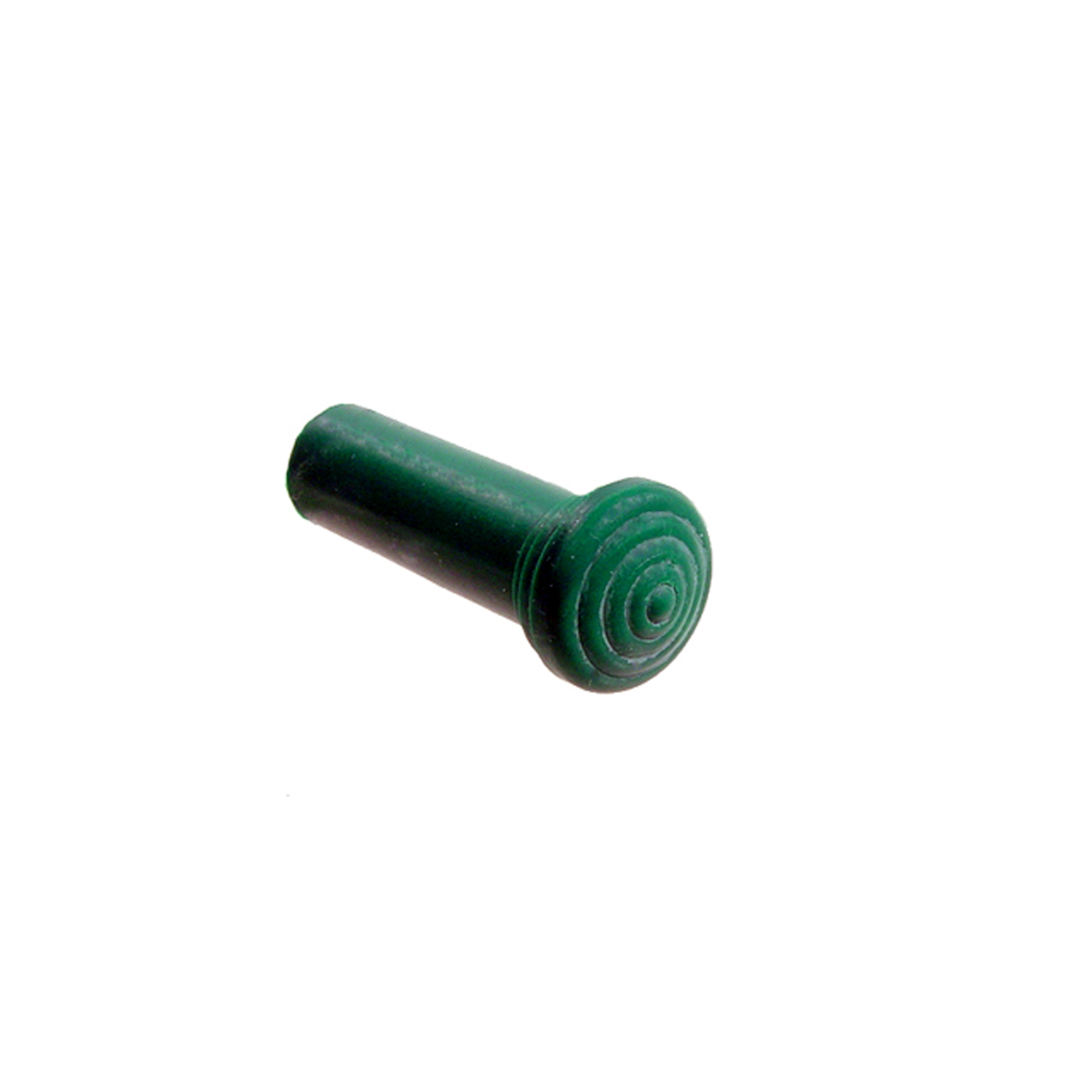 1951 Pontiac Chieftain Door Lock Knob. Made of Teal Green rubber, self-threading-RP 304-MDoor Lock Knob. Made of Teal Green rubber, self-threading. 1-3/8" tall with 1/8" lower I.D., 3/8" lower O.D. Each
1951 Pontiac Chieftain Door Lock Knob. Made of Teal Green rubber, self-threading-RP 304-MDoor Lock Knob. Made of Teal Green rubber, self-threading. 1-3/8" tall with 1/8" lower I.D., 3/8" lower O.D. Each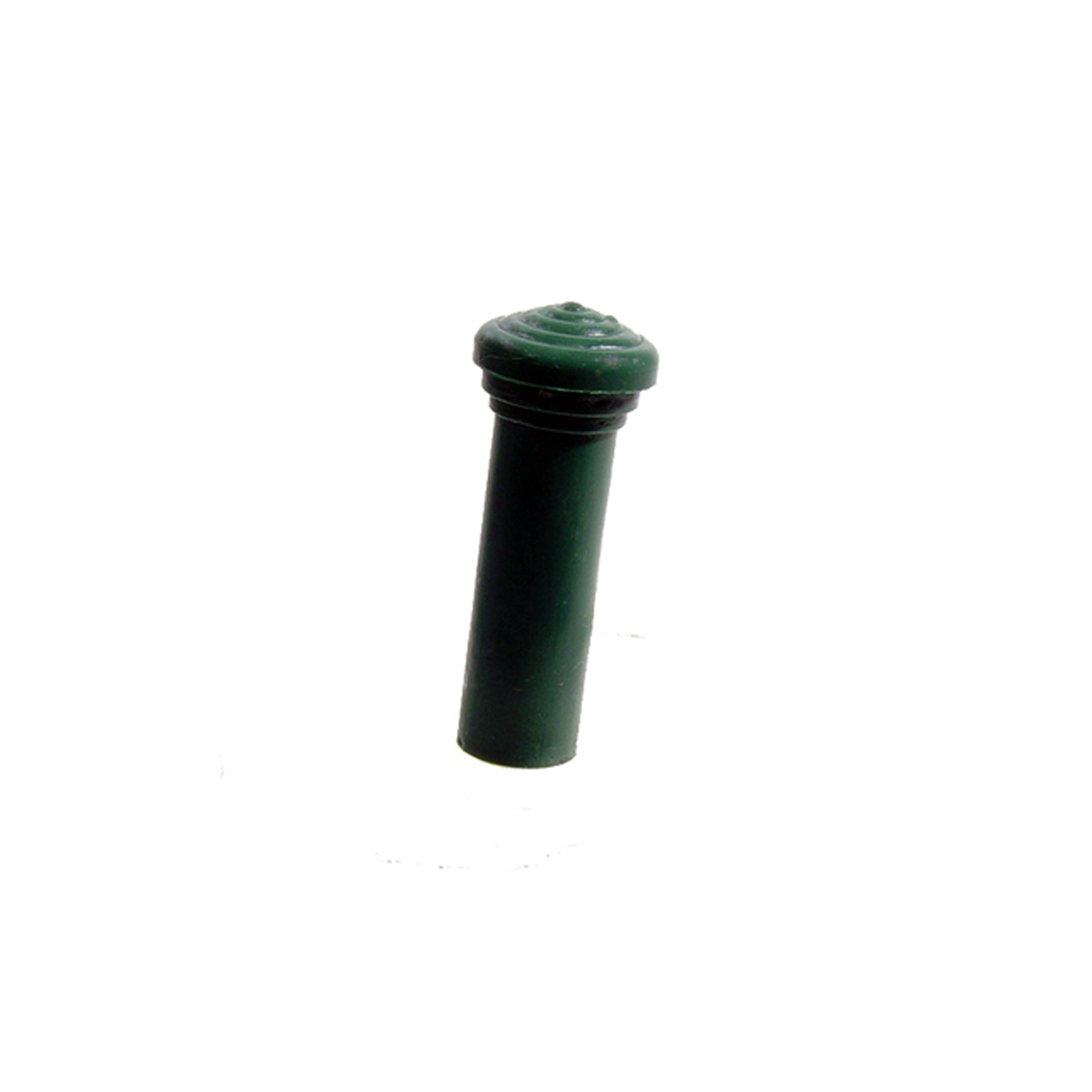 1951 Pontiac Chieftain Door Lock Knob. Made of Moss Green rubber, self-threading-RP 304-NDoor Lock Knob. Made of Moss Green rubber, self-threading. 1-3/8" tall with 1/8" lower I.D., 3/8" lower O.D. Each
1951 Pontiac Chieftain Door Lock Knob. Made of Moss Green rubber, self-threading-RP 304-NDoor Lock Knob. Made of Moss Green rubber, self-threading. 1-3/8" tall with 1/8" lower I.D., 3/8" lower O.D. Each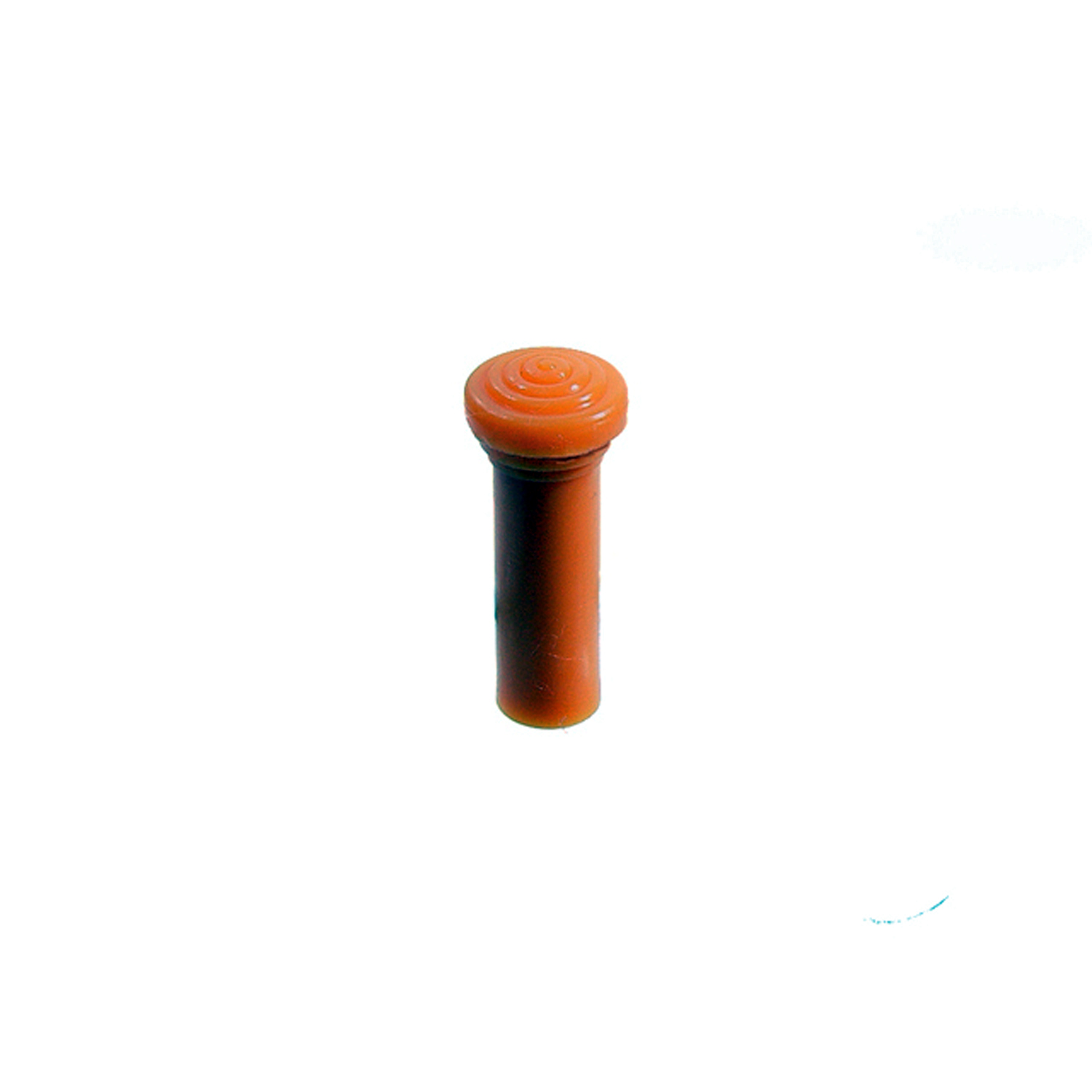 1951 Pontiac Chieftain Door Lock Knob. Made of Ember glow rubber, self-threading-RP 304-ODoor Lock Knob. Made of Ember glow rubber, self-threading. 1-3/8" tall with 1/8" lower I.D., 3/8" lower O.D. Each
1951 Pontiac Chieftain Door Lock Knob. Made of Ember glow rubber, self-threading-RP 304-ODoor Lock Knob. Made of Ember glow rubber, self-threading. 1-3/8" tall with 1/8" lower I.D., 3/8" lower O.D. Each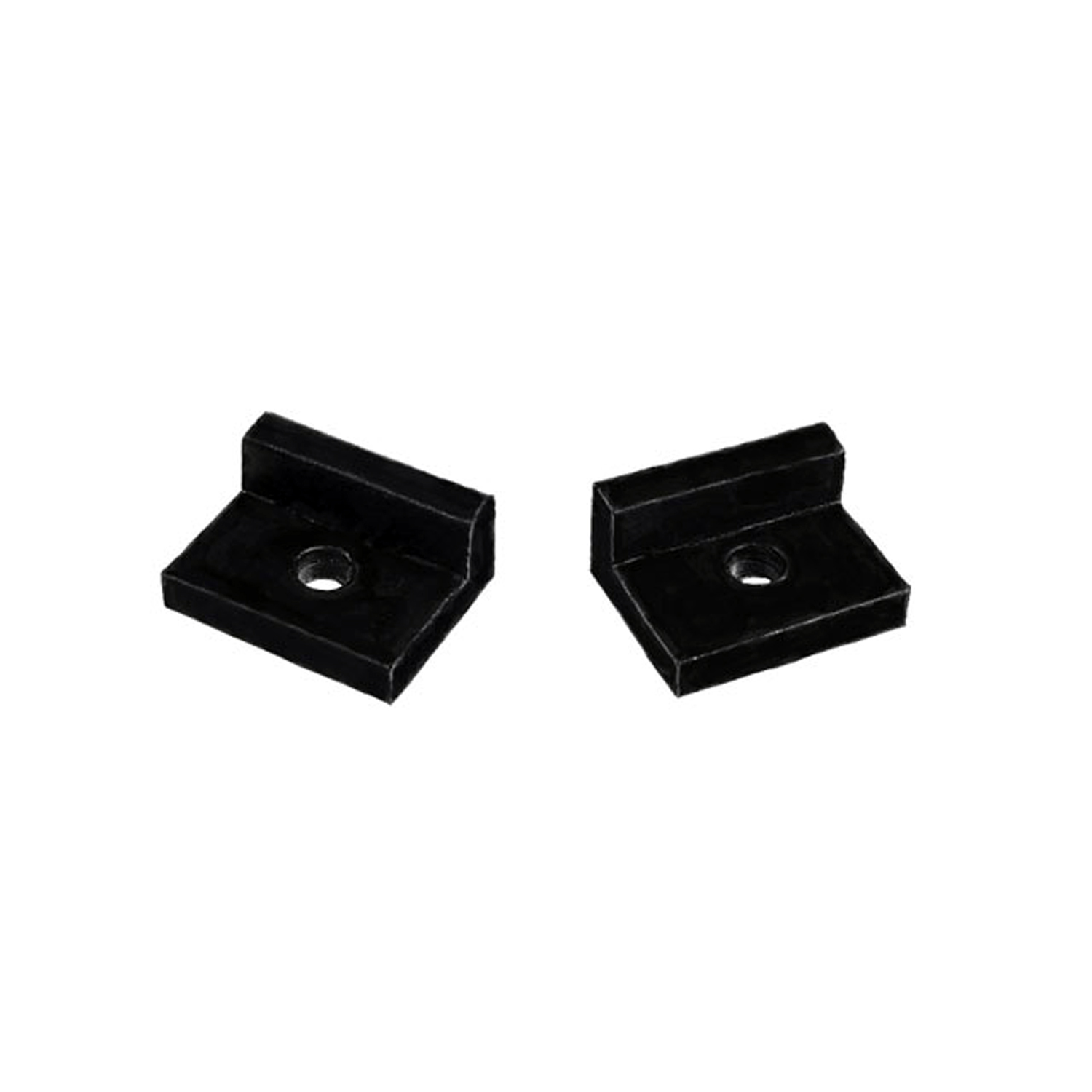 1951 Pontiac Chieftain Fuel Door Bumper. Held by screw. 1/2" X 1/2" X 1/4"-SB 65Fuel Door Bumper. Held by screw. 1/2" X 1/2" X 1/4". Pair
1951 Pontiac Chieftain Fuel Door Bumper. Held by screw. 1/2" X 1/2" X 1/4"-SB 65Fuel Door Bumper. Held by screw. 1/2" X 1/2" X 1/4". Pair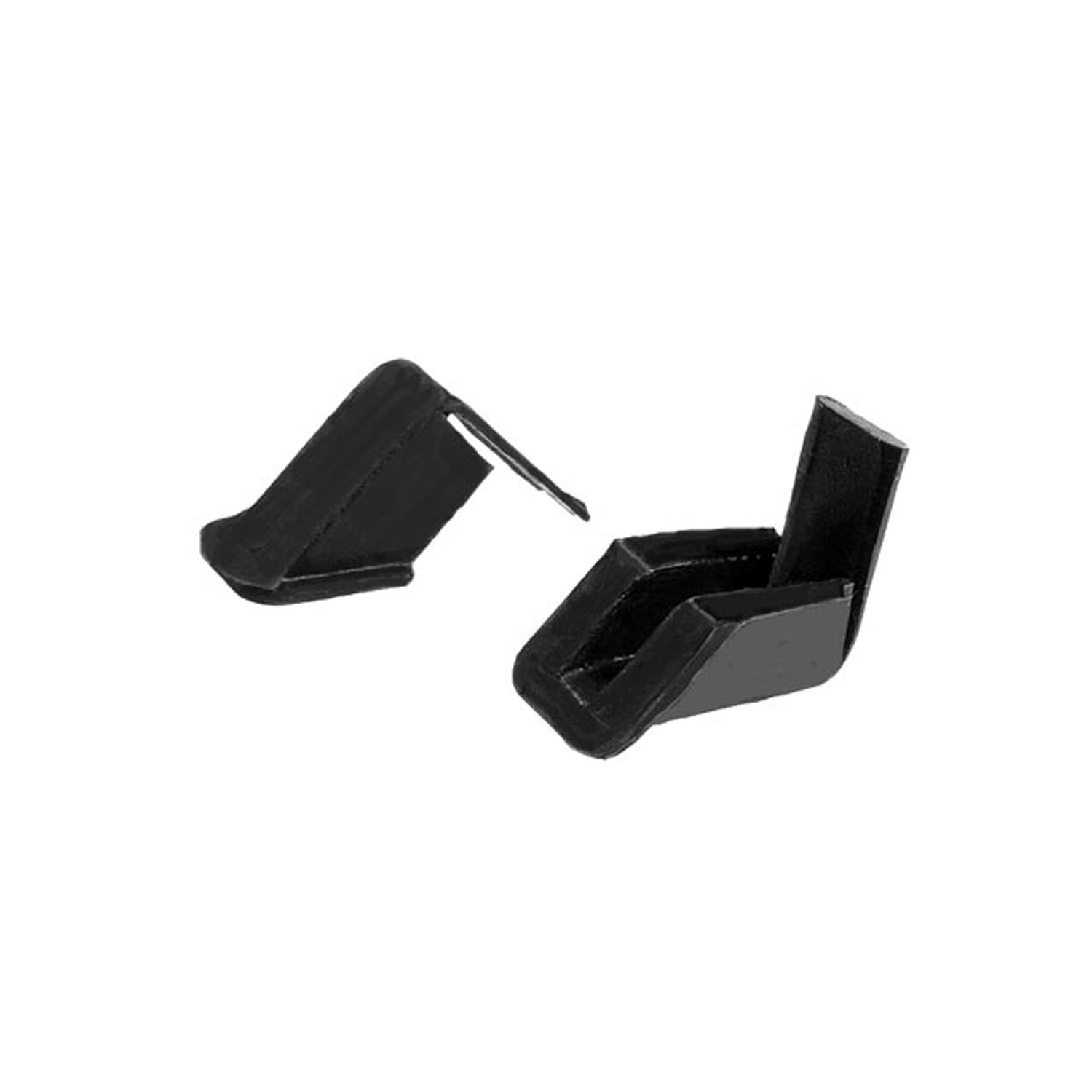 1951 Pontiac Chieftain Side Window Bumper-SB 98Side Window Bumper. For side window glass in vent frame at top of window. Made with steel core like original. Replaces OEM #4180904-5. Pair R&L
1951 Pontiac Chieftain Side Window Bumper-SB 98Side Window Bumper. For side window glass in vent frame at top of window. Made with steel core like original. Replaces OEM #4180904-5. Pair R&L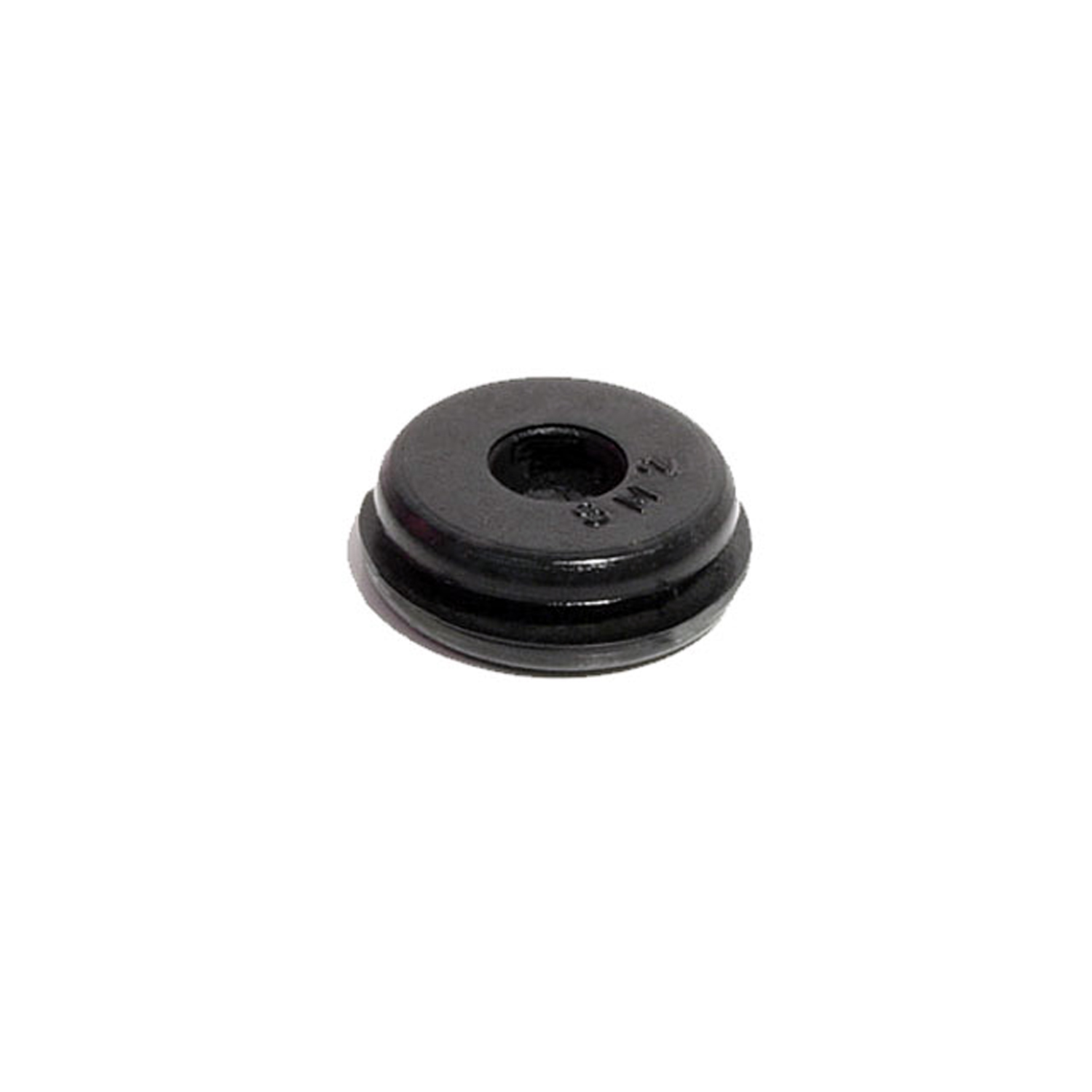 1951 Pontiac Chieftain Speedometer Cable / Utility Grommet-SM 2Speedometer Cable / Utility Grommet. Fits 3/4" to 13/16" hole. 3/16" center hole. Each
1951 Pontiac Chieftain Speedometer Cable / Utility Grommet-SM 2Speedometer Cable / Utility Grommet. Fits 3/4" to 13/16" hole. 3/16" center hole. Each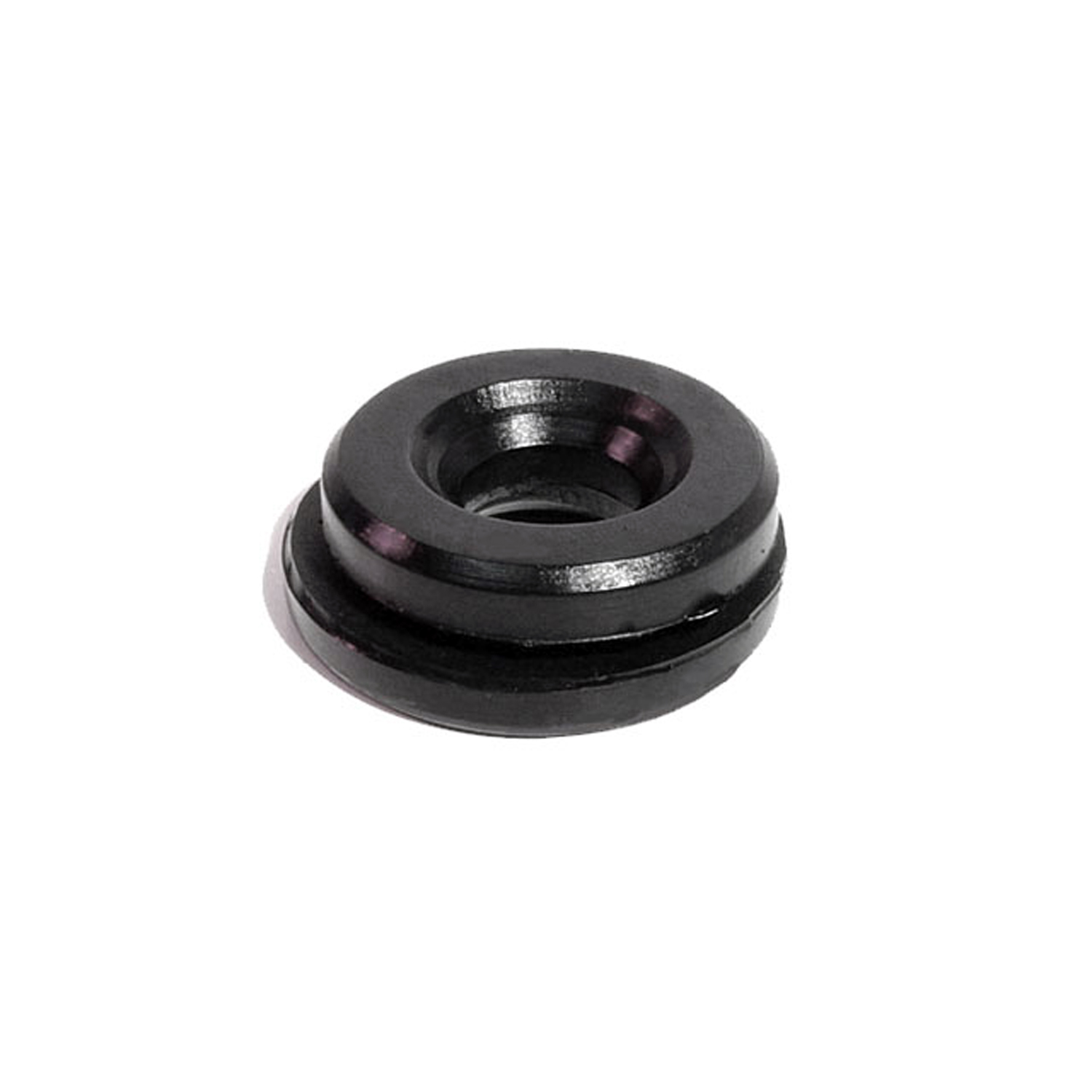 1951 Pontiac Chieftain Wire Harness Grommet. Each-SM 3Wire Harness Grommet. Each
1951 Pontiac Chieftain Wire Harness Grommet. Each-SM 3Wire Harness Grommet. Each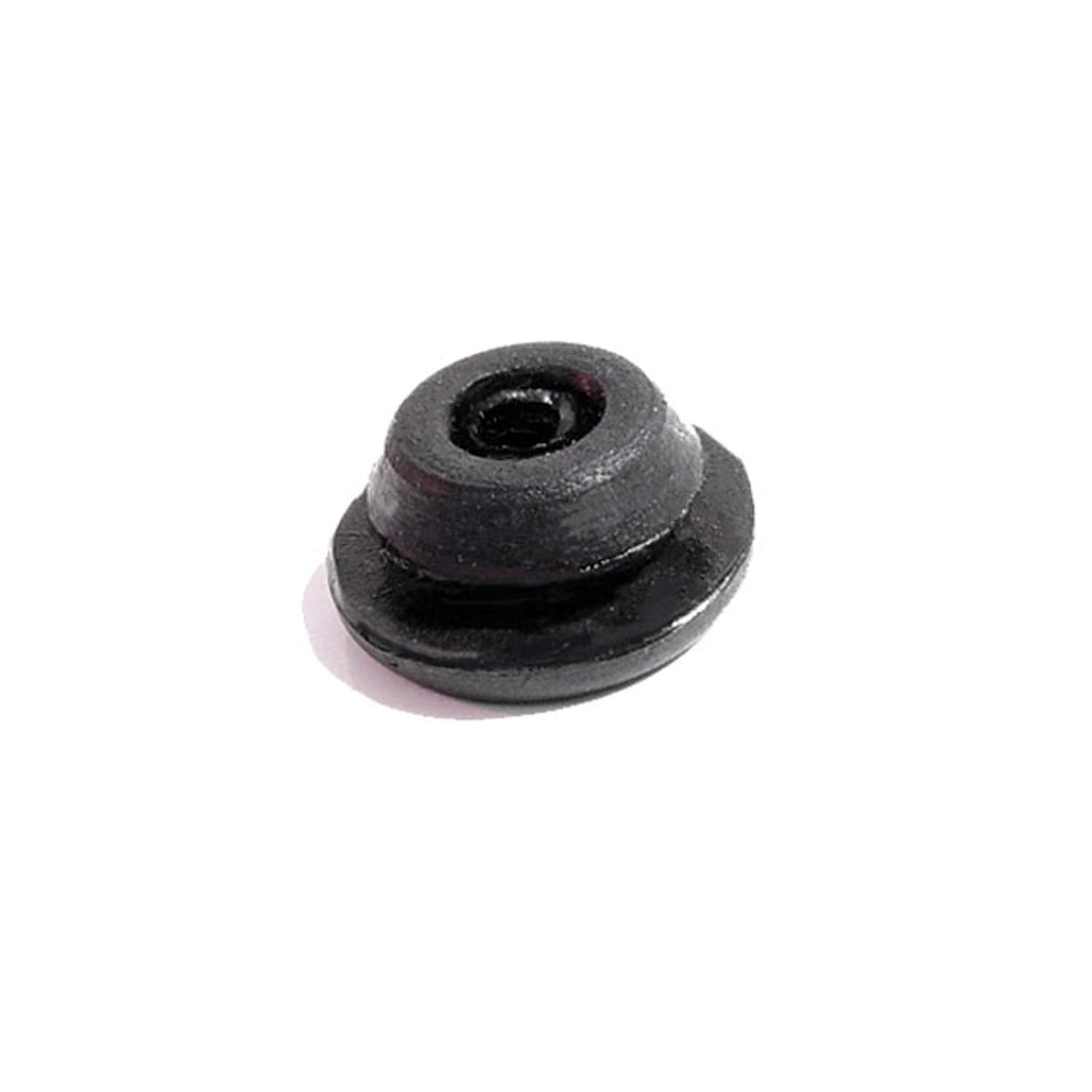 1951 Pontiac Chieftain Special Purpose Grommet-SM 4Special Purpose Grommet. For firewall, fuel gauge wire, horn wire, hood latch cable and fresh air cable. Fits 1/2" hole. 1/8" center hole. Each
1951 Pontiac Chieftain Special Purpose Grommet-SM 4Special Purpose Grommet. For firewall, fuel gauge wire, horn wire, hood latch cable and fresh air cable. Fits 1/2" hole. 1/8" center hole. Each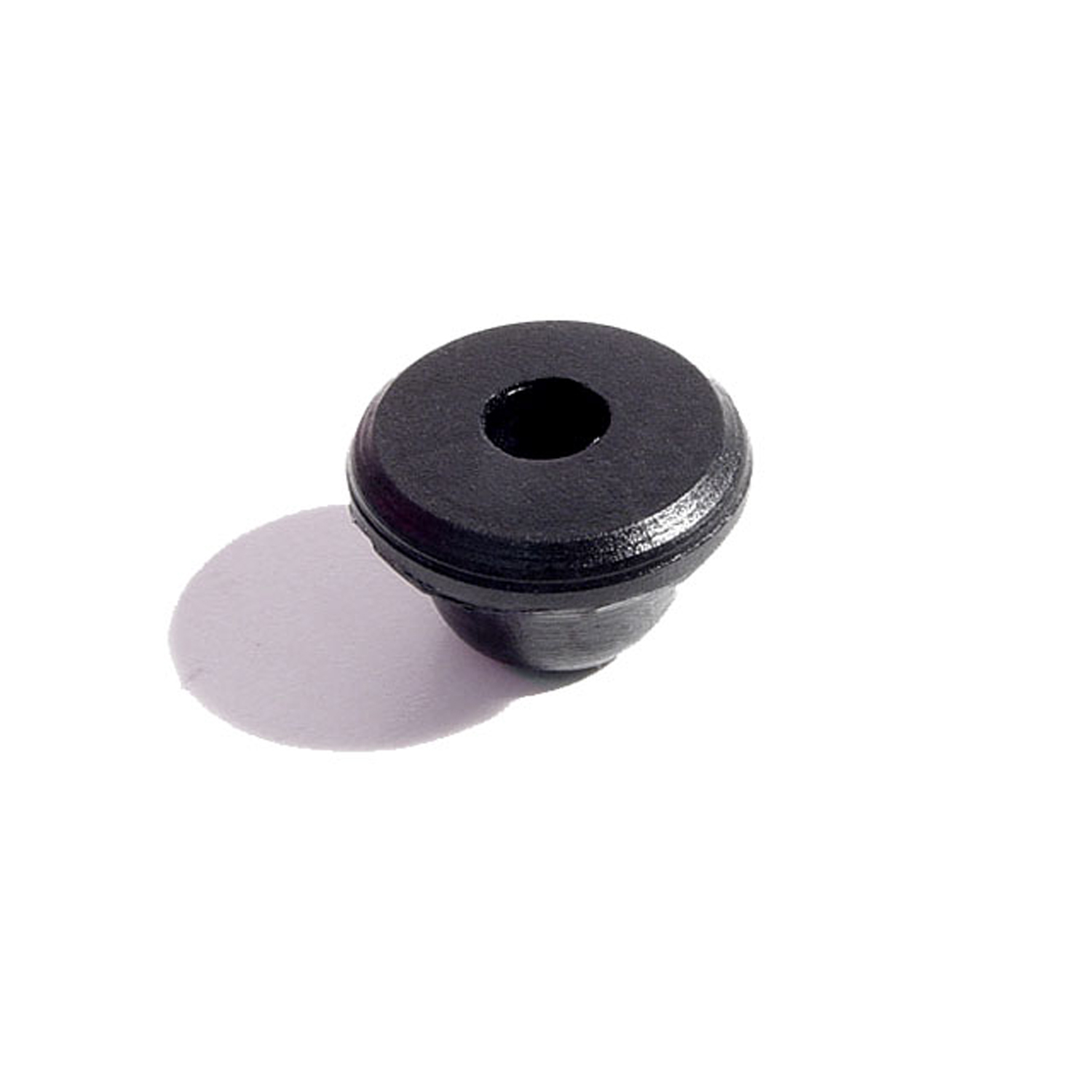 1951 Pontiac Chieftain Hole Plug and Cowl Bumper. Fits 1/2" hole. Each-SM 52Hole Plug and Cowl Bumper. Fits 1/2" hole. Each
1951 Pontiac Chieftain Hole Plug and Cowl Bumper. Fits 1/2" hole. Each-SM 52Hole Plug and Cowl Bumper. Fits 1/2" hole. Each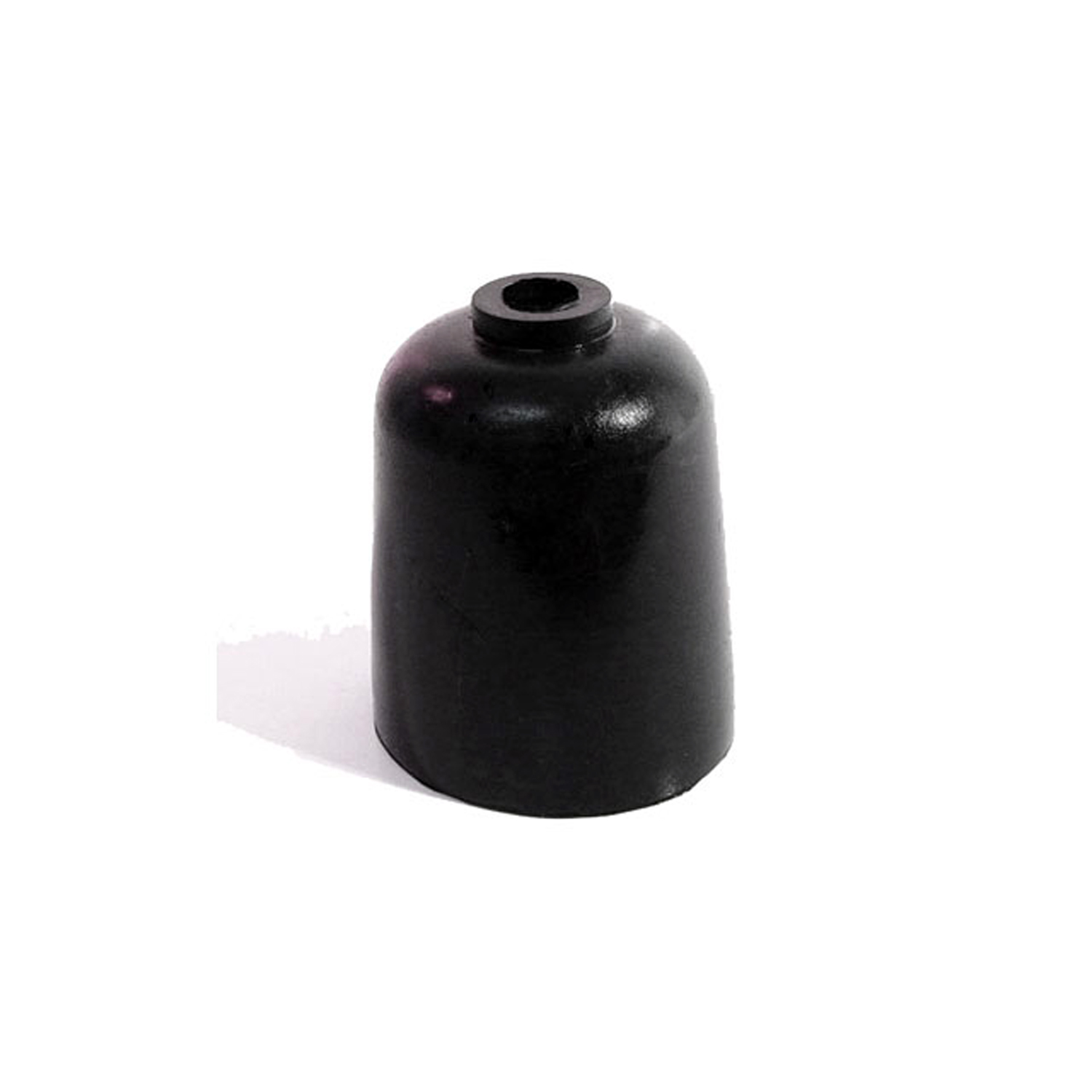 1951 Pontiac Chieftain Master Cylinder Rod Dust Boot. Each-SM 65-EMaster Cylinder Rod Dust Boot. Each
1951 Pontiac Chieftain Master Cylinder Rod Dust Boot. Each-SM 65-EMaster Cylinder Rod Dust Boot. Each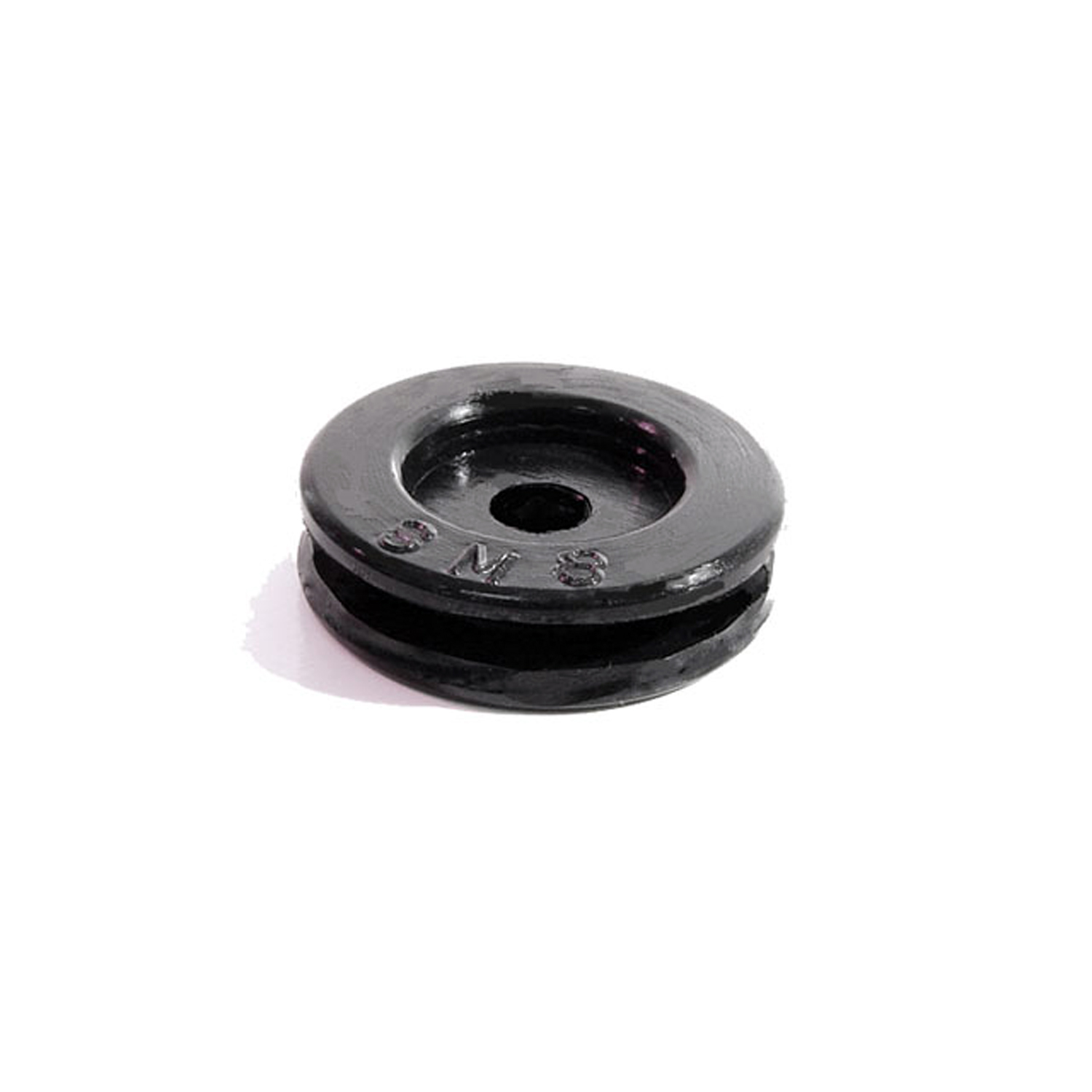 1951 Pontiac Chieftain Firewall and Utility Grommet. Fits 3/4" hole. 3/16" I.D-SM 8Firewall and Utility Grommet. Fits 3/4" hole. 3/16" I.D. Each
1951 Pontiac Chieftain Firewall and Utility Grommet. Fits 3/4" hole. 3/16" I.D-SM 8Firewall and Utility Grommet. Fits 3/4" hole. 3/16" I.D. Each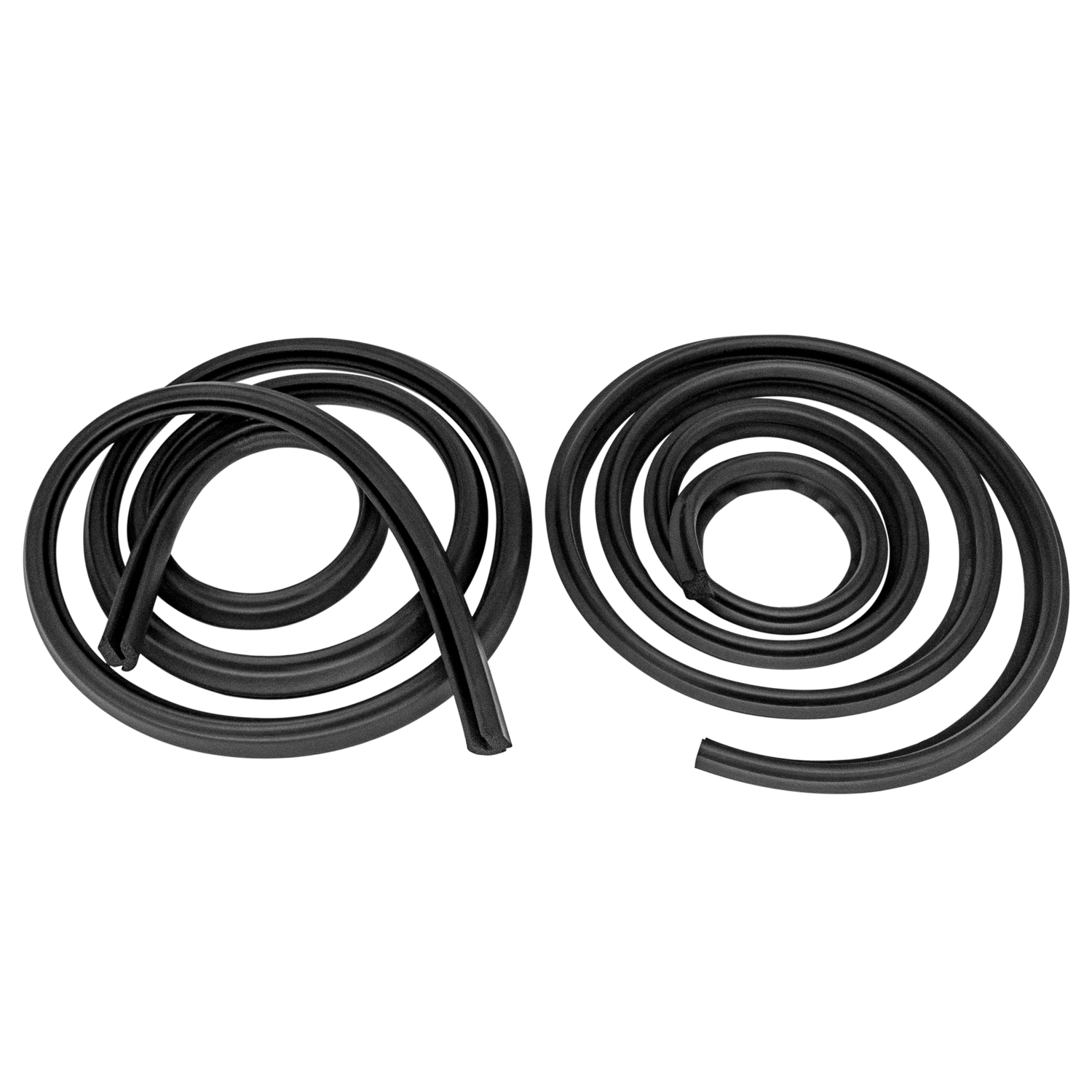 1951 Pontiac Chieftain Trunk Seal. 16 Feet overall length. Each-TK 50/52-8Trunk Seal. 16 Feet overall length. Each
1951 Pontiac Chieftain Trunk Seal. 16 Feet overall length. Each-TK 50/52-8Trunk Seal. 16 Feet overall length. Each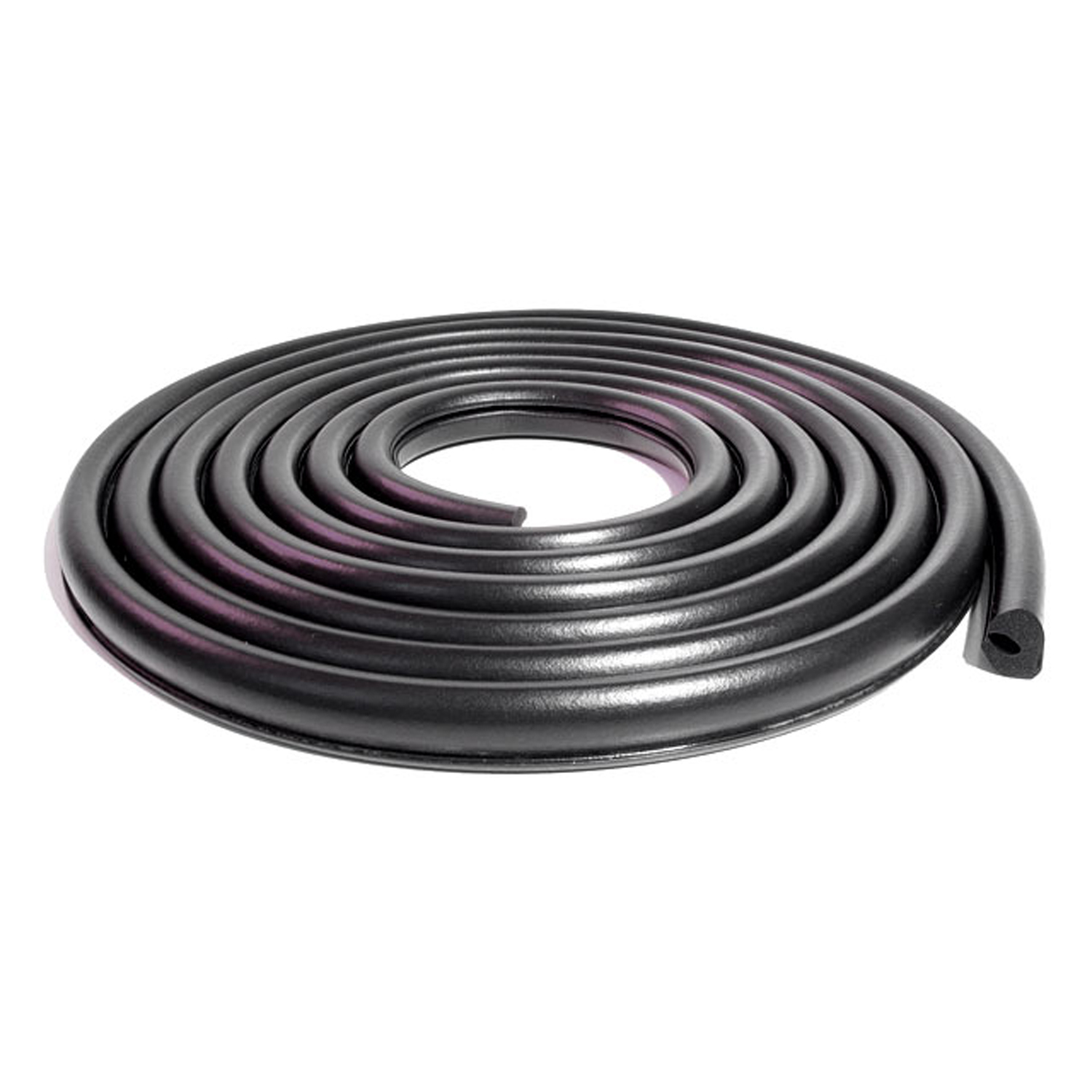 1951 Pontiac Chieftain Trunk Seal. Each-TK 56-18Trunk Seal. Each
1951 Pontiac Chieftain Trunk Seal. Each-TK 56-18Trunk Seal. Each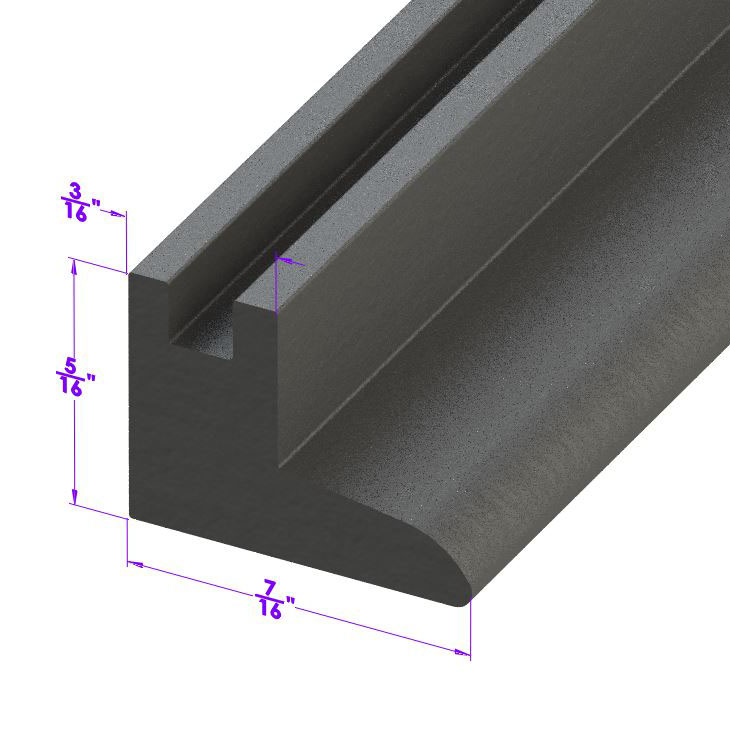 1951 Pontiac Chieftain Vertical Seal for Vent Window. Each is 17" long. Pair-VS 2Vertical Seal for Vent Window. Each is 17" long. Pair
1951 Pontiac Chieftain Vertical Seal for Vent Window. Each is 17" long. Pair-VS 2Vertical Seal for Vent Window. Each is 17" long. Pair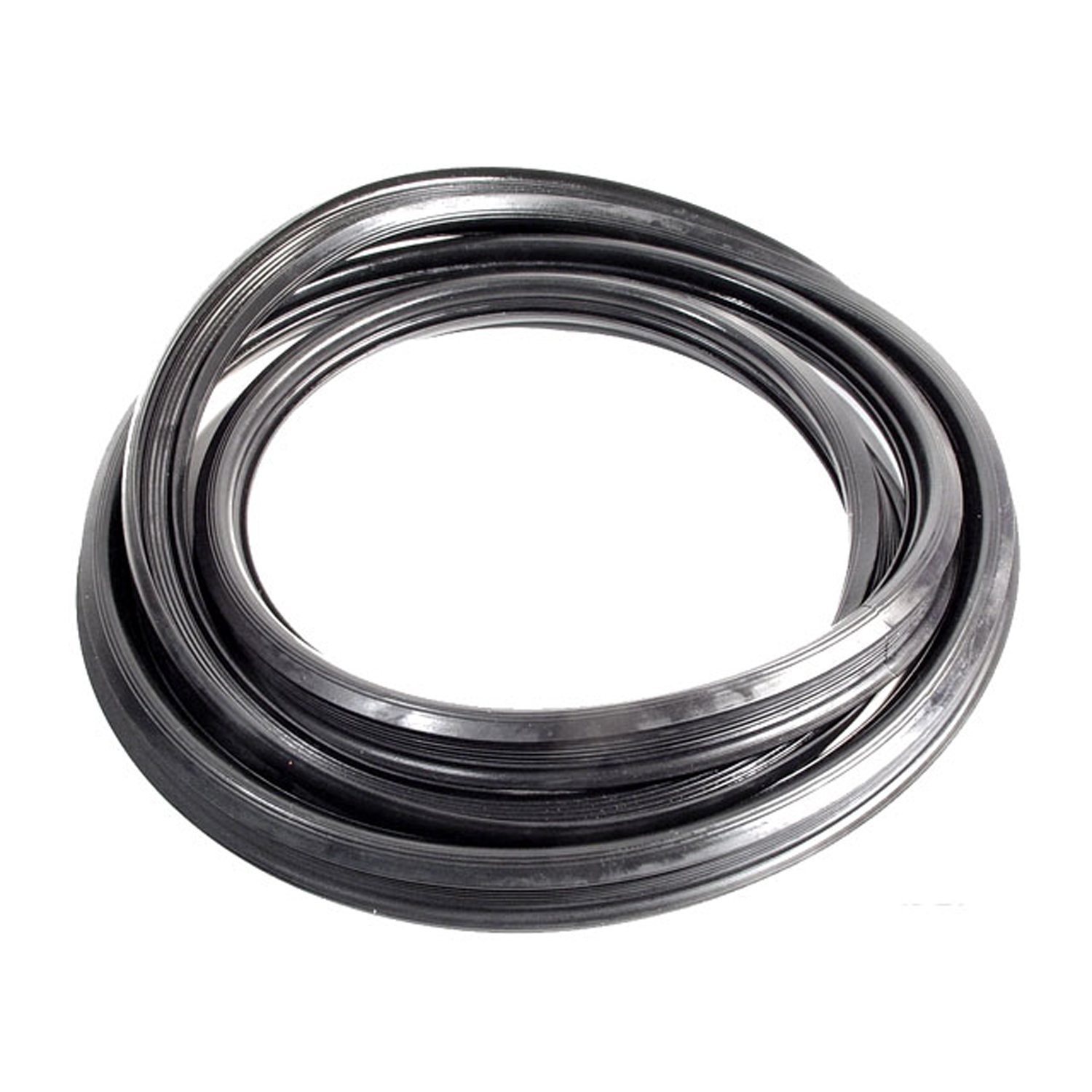 1951 Pontiac Chieftain Vulcanized Rear Window Seal, for Coupes-VWS 7302-RVulcanized Rear Window Seal, for Coupes. For cars with chrome garnish. Each
1951 Pontiac Chieftain Vulcanized Rear Window Seal, for Coupes-VWS 7302-RVulcanized Rear Window Seal, for Coupes. For cars with chrome garnish. Each 1951 Pontiac Chieftain Vulcanized Windshield Seal, for Hardtops and Convertibles-VWS 7307Vulcanized Windshield Seal, for Hardtops and Convertibles. All models w/body style #2537 and 67 with reveal molding and division bar. Includes molded-in division bar. Each
1951 Pontiac Chieftain Vulcanized Windshield Seal, for Hardtops and Convertibles-VWS 7307Vulcanized Windshield Seal, for Hardtops and Convertibles. All models w/body style #2537 and 67 with reveal molding and division bar. Includes molded-in division bar. Each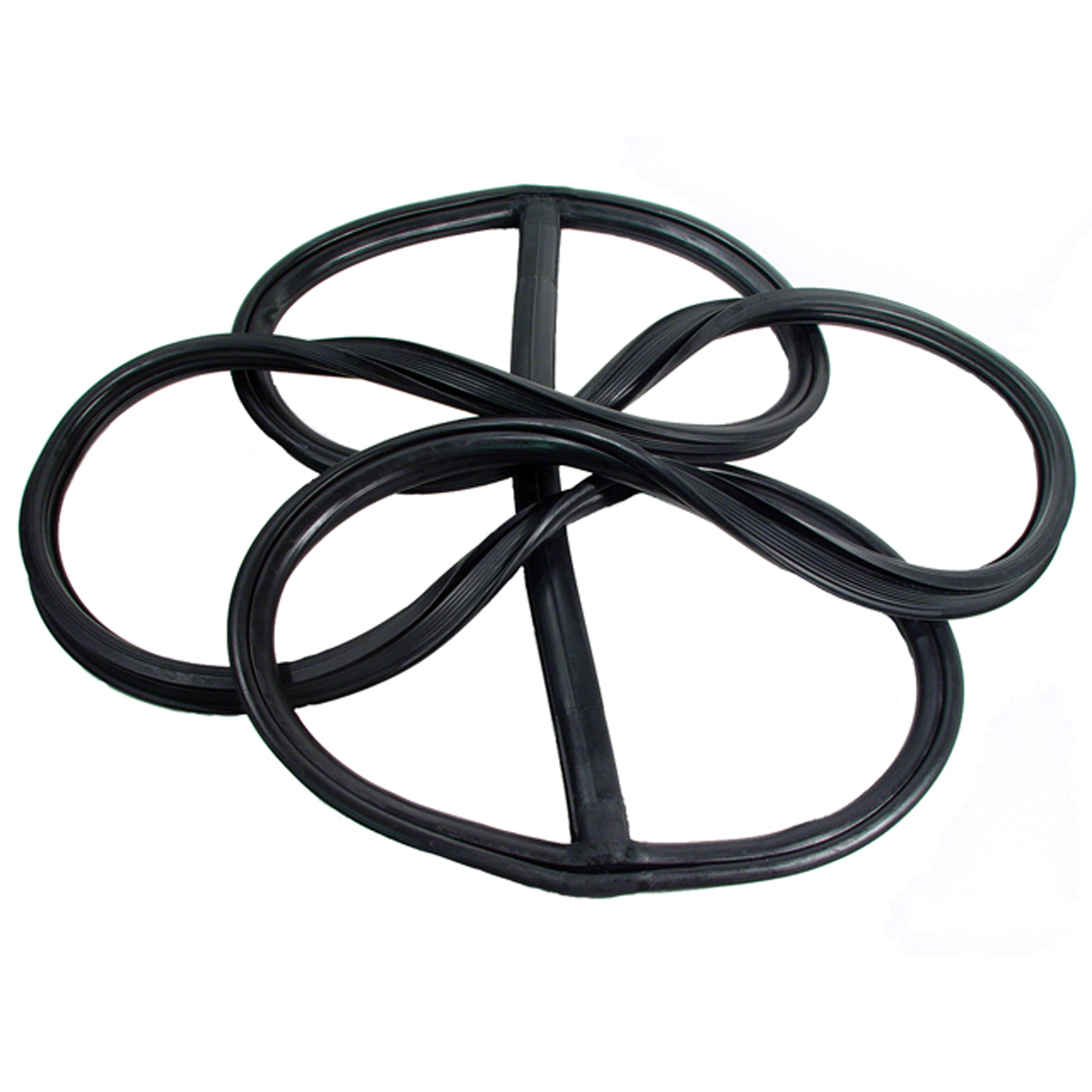 1951 Pontiac Chieftain Vulcanized Windshield Seal-VWS 7309Vulcanized Windshield Seal. For models with body style 32511, 69 and 71 with reveal molding and division bar. Includes molded-in division bar. Each
1951 Pontiac Chieftain Vulcanized Windshield Seal-VWS 7309Vulcanized Windshield Seal. For models with body style 32511, 69 and 71 with reveal molding and division bar. Includes molded-in division bar. Each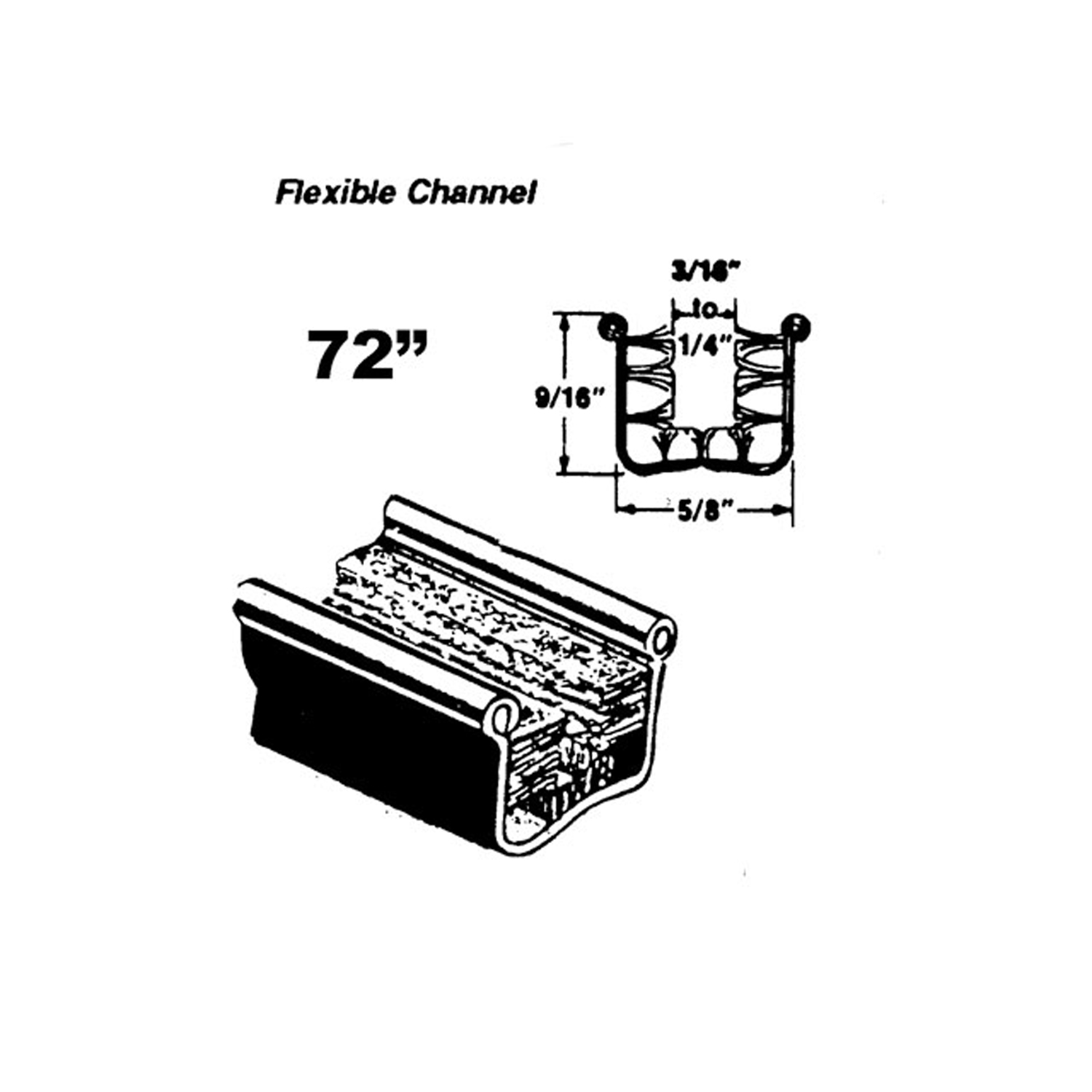 1951 Pontiac Chieftain Flexible glass-run channel-WC 11-72Flexible glass-run channel. Mohair lined, cloth covered with stainless steel bead. Used on side windows. 72 in. long. Each. NOTE: $20 special shipping charge applies for domestic orders. Call or email for overseas shipping costs. Part can be sectioned in two equal lengths to reduce overseas shipping costs.
1951 Pontiac Chieftain Flexible glass-run channel-WC 11-72Flexible glass-run channel. Mohair lined, cloth covered with stainless steel bead. Used on side windows. 72 in. long. Each. NOTE: $20 special shipping charge applies for domestic orders. Call or email for overseas shipping costs. Part can be sectioned in two equal lengths to reduce overseas shipping costs.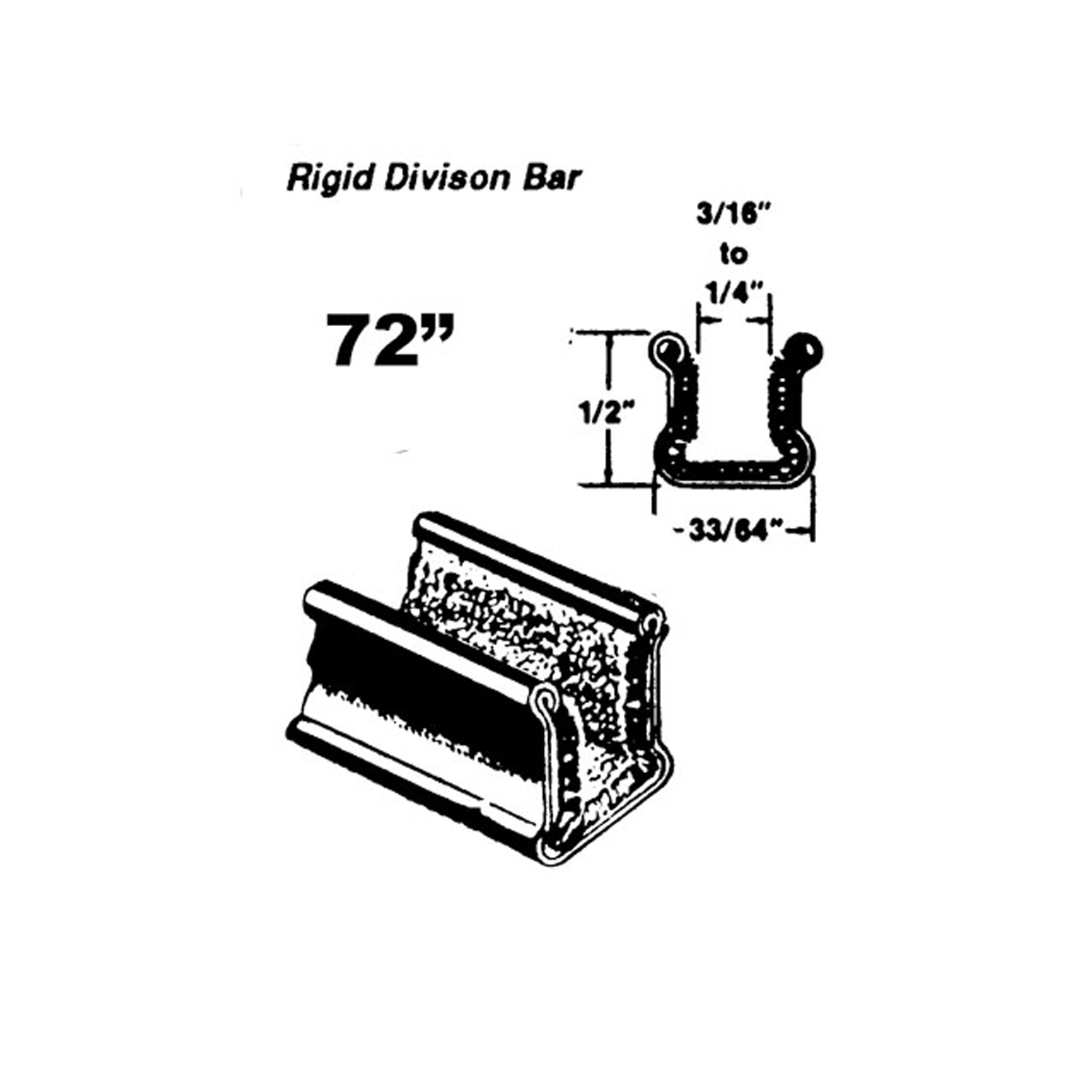 1951 Pontiac Chieftain Rigid division-bar channel. Made with Zinc-plated bead-WC 1-72Rigid division-bar channel. Made with Zinc-plated bead. Used on lower side windows. 72 in. long. Each. NOTE: $20 special shipping charge applies for domestic orders. Call or email for overseas shipping costs. Part can be sectioned into two equal lengths to reduce overseas shipping costs.
1951 Pontiac Chieftain Rigid division-bar channel. Made with Zinc-plated bead-WC 1-72Rigid division-bar channel. Made with Zinc-plated bead. Used on lower side windows. 72 in. long. Each. NOTE: $20 special shipping charge applies for domestic orders. Call or email for overseas shipping costs. Part can be sectioned into two equal lengths to reduce overseas shipping costs.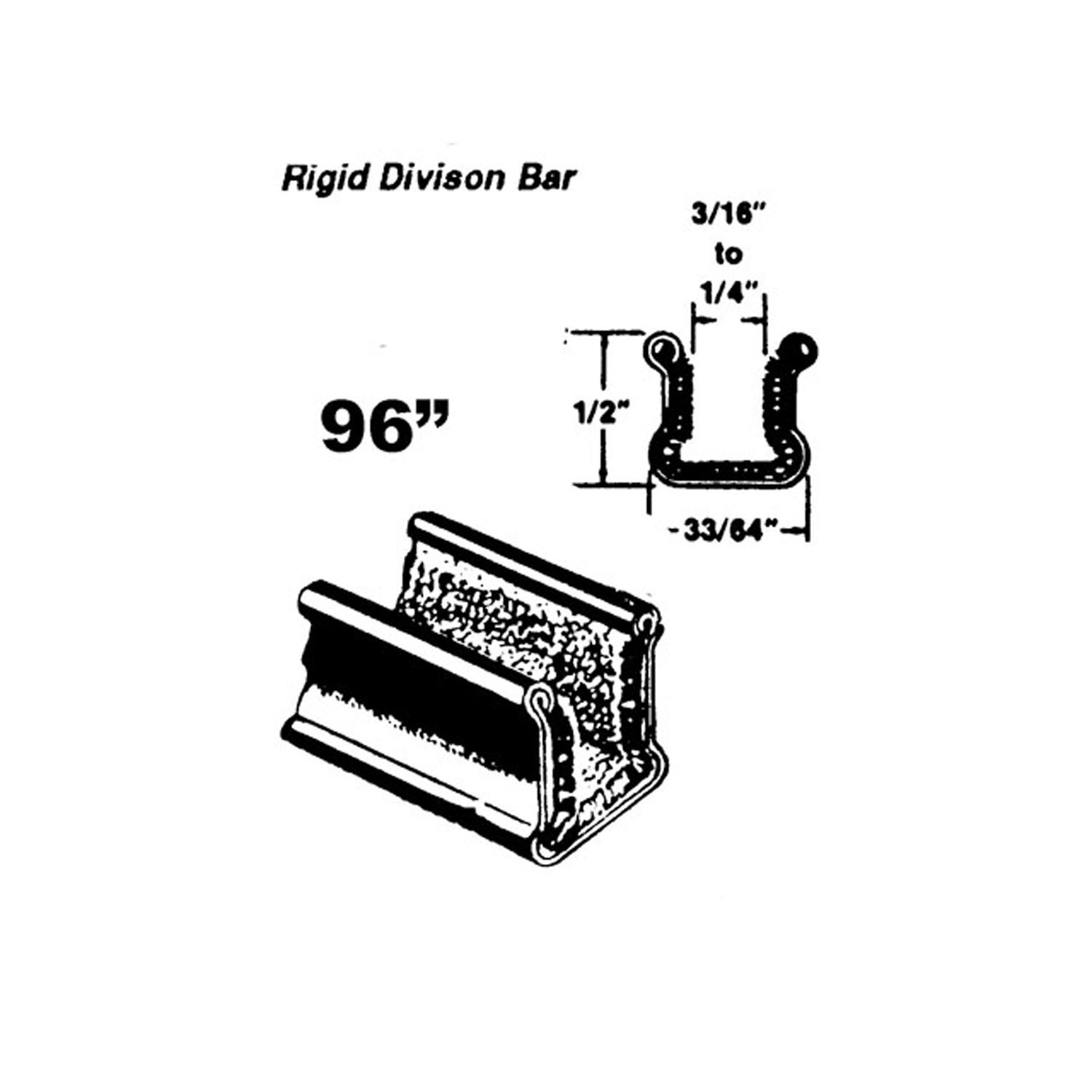 1951 Pontiac Chieftain Rigid division-bar channel. Made with Zinc-plated bead-WC 1-96Rigid division-bar channel. Made with Zinc-plated bead. Used on lower side windows. 96 in. long. Each. NOTE: $20 special shipping charge applies for domestic orders. Call or email for overseas shipping costs. Part can be sectioned in two or three equal lengths to reduce overseas shipping costs.
1951 Pontiac Chieftain Rigid division-bar channel. Made with Zinc-plated bead-WC 1-96Rigid division-bar channel. Made with Zinc-plated bead. Used on lower side windows. 96 in. long. Each. NOTE: $20 special shipping charge applies for domestic orders. Call or email for overseas shipping costs. Part can be sectioned in two or three equal lengths to reduce overseas shipping costs. 1951 Pontiac Chieftain Rigid division-bar channel. Made with stainless steel bead-WC 2-72Rigid division-bar channel. Made with stainless steel bead. 72 in. long. Each. NOTE: $20 special shipping charge applies for domestic orders. Call or email for overseas shipping costs. Part can be sectioned into two equal lengths to reduce overseas shipping costs.
1951 Pontiac Chieftain Rigid division-bar channel. Made with stainless steel bead-WC 2-72Rigid division-bar channel. Made with stainless steel bead. 72 in. long. Each. NOTE: $20 special shipping charge applies for domestic orders. Call or email for overseas shipping costs. Part can be sectioned into two equal lengths to reduce overseas shipping costs.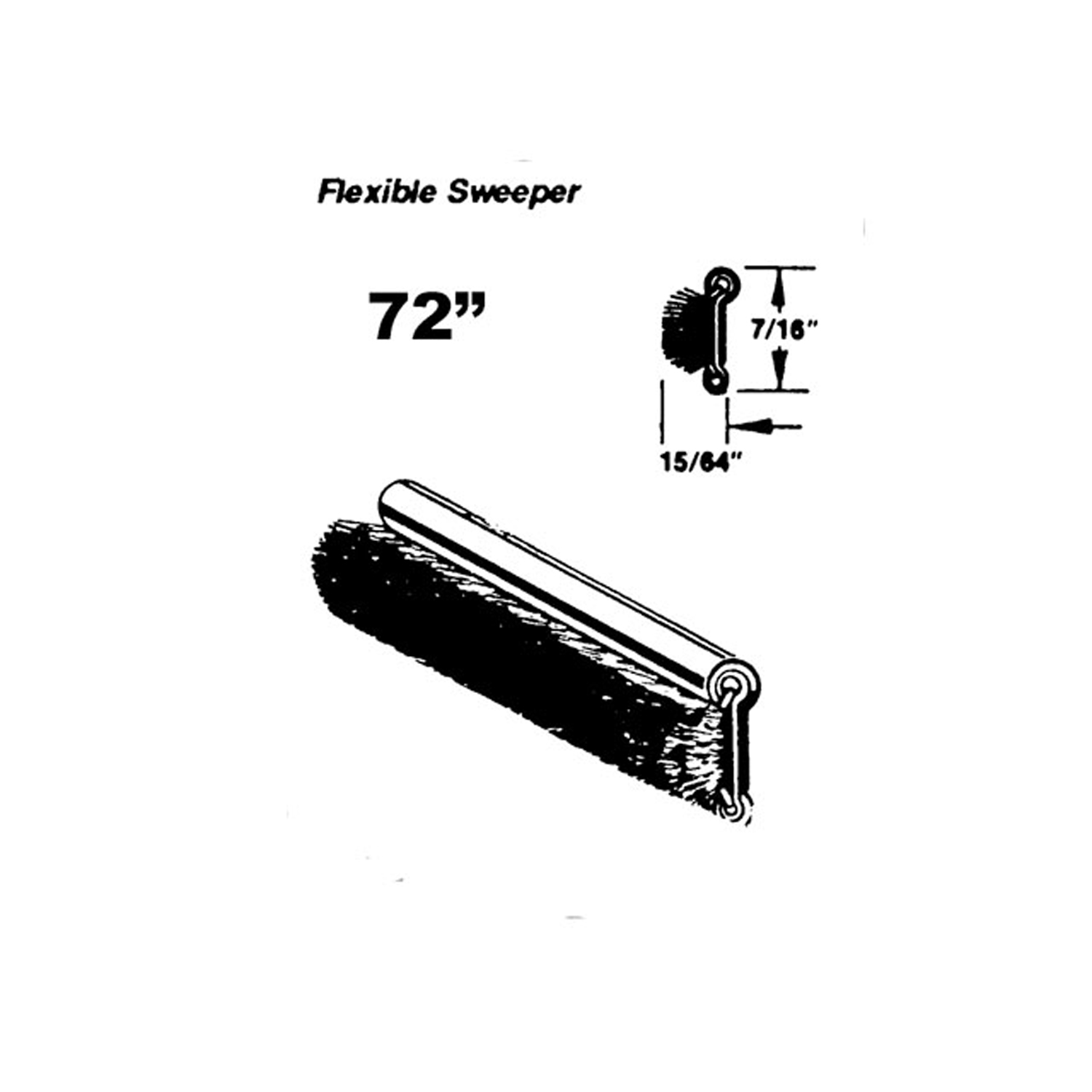 1951 Pontiac Chieftain Flexible sweeper. Made with stainless steel bead-WC 8-72Flexible sweeper. Made with stainless steel bead. Used on inner and outer beltlines. Also forms easily for use with sliding quarter windows. 72 in. long. Each. NOTE: $20 special shipping charge applies for domestic orders. Call or email for overseas shipping costs. Part can be sectioned into two equal lengths to reduce overseas shipping costs.
1951 Pontiac Chieftain Flexible sweeper. Made with stainless steel bead-WC 8-72Flexible sweeper. Made with stainless steel bead. Used on inner and outer beltlines. Also forms easily for use with sliding quarter windows. 72 in. long. Each. NOTE: $20 special shipping charge applies for domestic orders. Call or email for overseas shipping costs. Part can be sectioned into two equal lengths to reduce overseas shipping costs.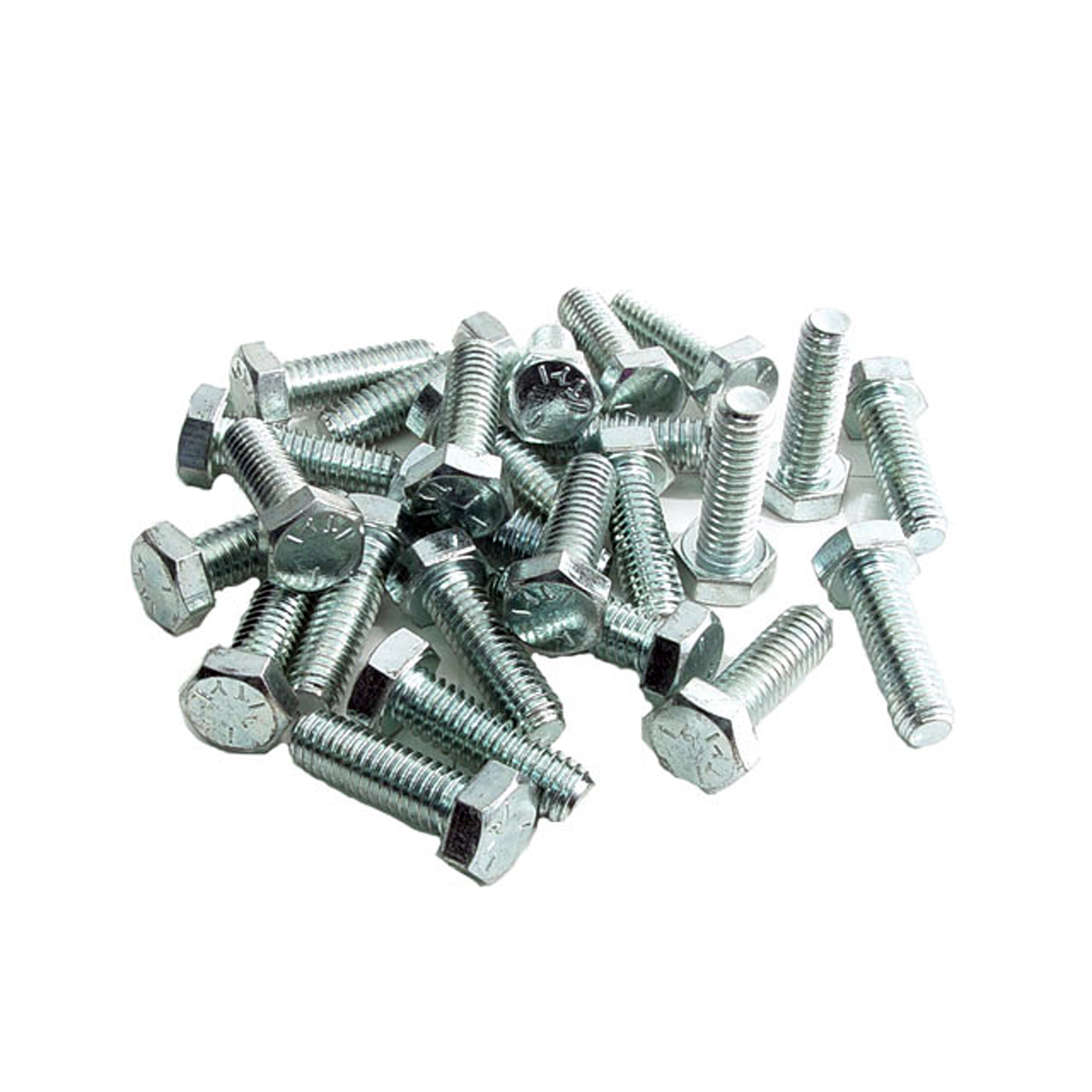 1951 Pontiac Chieftain Fender Bolts. For use with Fender Bolt Washers; WF 3001-WF 3000Fender Bolts. For use with Fender Bolt Washers; WF 3001. Zinc Chromate plated, high strength. 1" X 5/16". Set of 25
1951 Pontiac Chieftain Fender Bolts. For use with Fender Bolt Washers; WF 3001-WF 3000Fender Bolts. For use with Fender Bolt Washers; WF 3001. Zinc Chromate plated, high strength. 1" X 5/16". Set of 25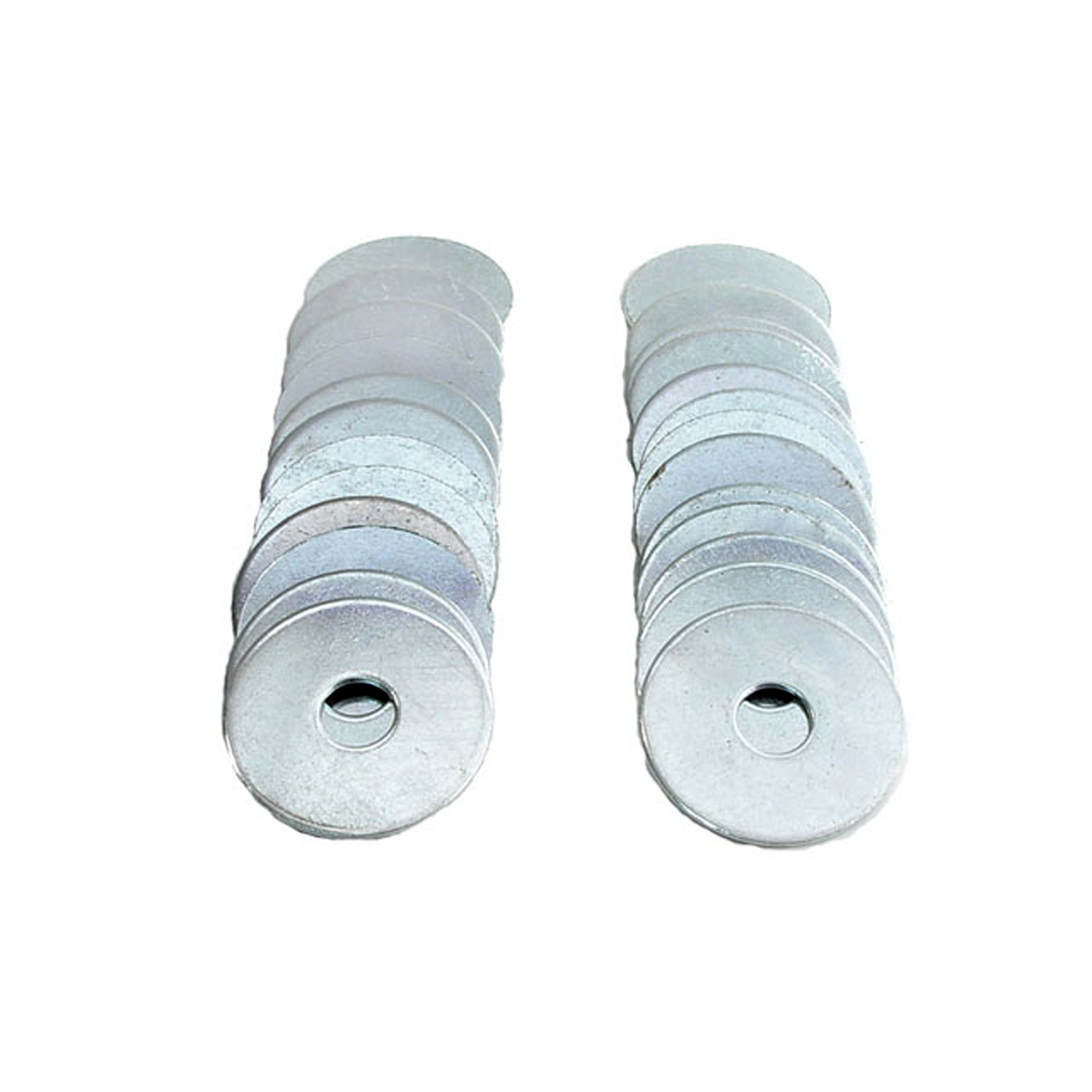 1951 Pontiac Chieftain Fender Bolt Washers. For use with Fender Bolts; WF 3000-WF 3001Fender Bolt Washers. For use with Fender Bolts; WF 3000. High quality, cadmium plated. 1-1/4" O.D., 3/8" I.D. Set of 25
1951 Pontiac Chieftain Fender Bolt Washers. For use with Fender Bolts; WF 3000-WF 3001Fender Bolt Washers. For use with Fender Bolts; WF 3000. High quality, cadmium plated. 1-1/4" O.D., 3/8" I.D. Set of 25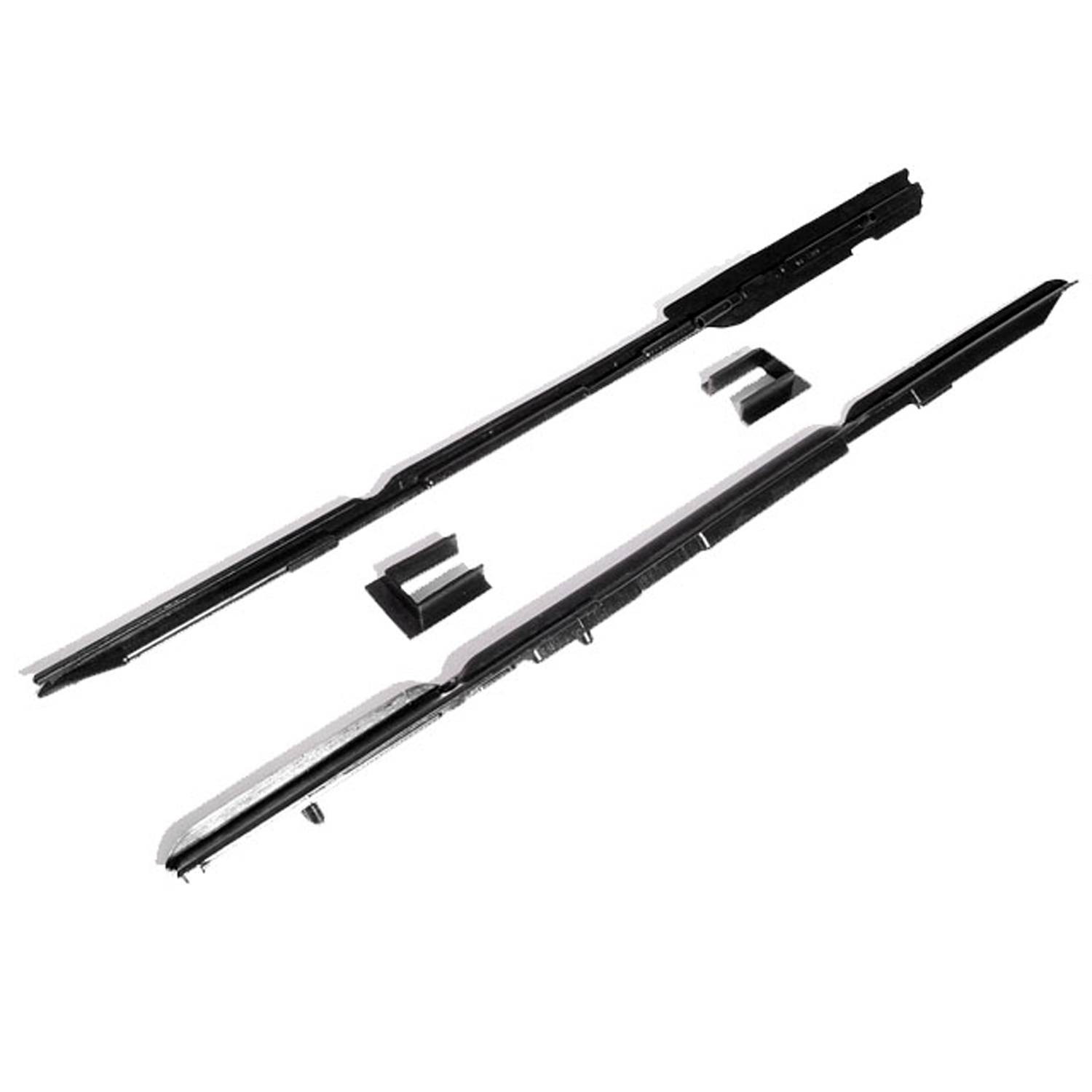 1951 Pontiac Chieftain Front Vent Window Seals For Convertibles. Pair-WR 7301Front Vent Window Seals For Convertibles. Pair
1951 Pontiac Chieftain Front Vent Window Seals For Convertibles. Pair-WR 7301Front Vent Window Seals For Convertibles. Pair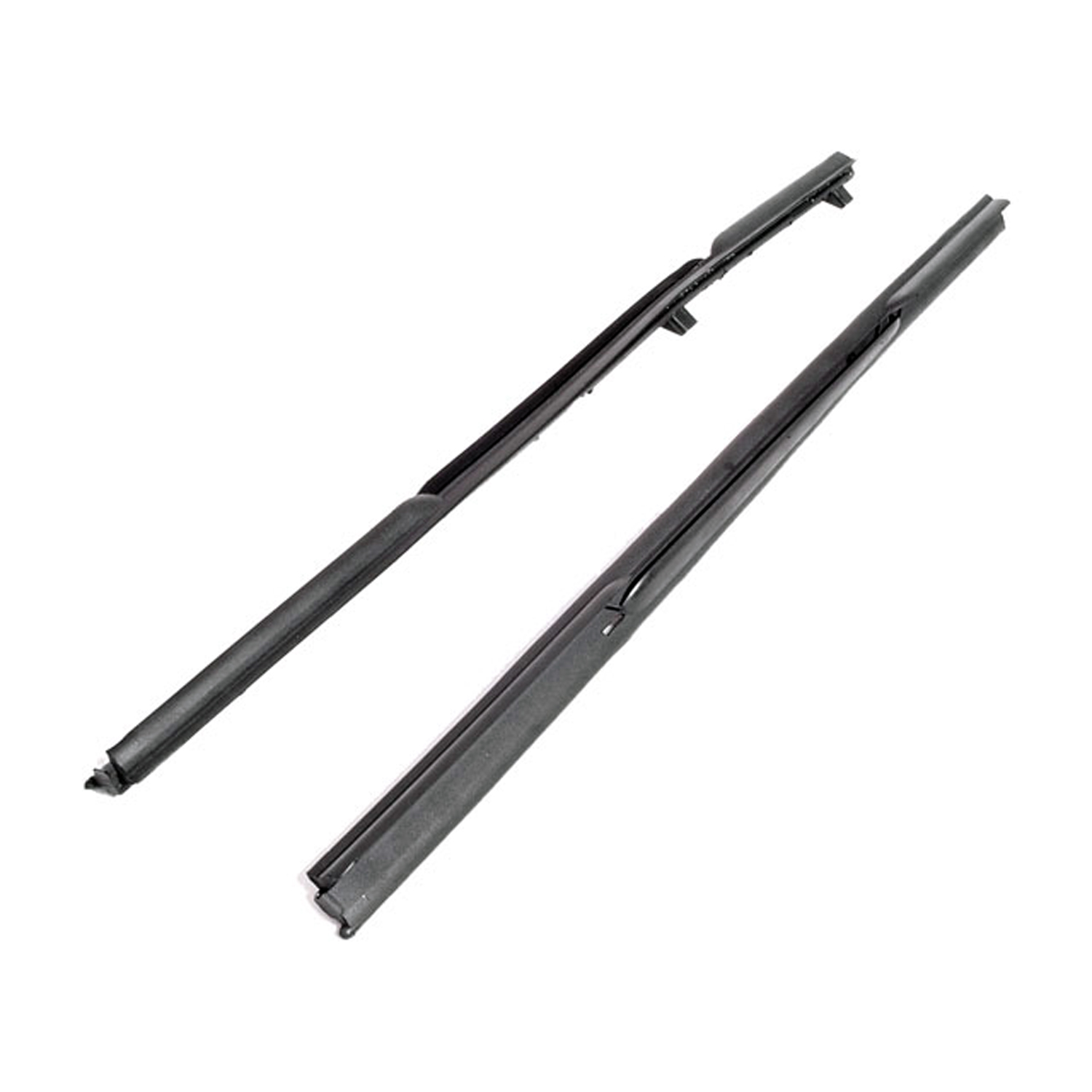 1951 Pontiac Chieftain Front Vent Window Seals. Does not fit Convertible-WR 7305Front Vent Window Seals. Does not fit Convertible. Pair R&L
1951 Pontiac Chieftain Front Vent Window Seals. Does not fit Convertible-WR 7305Front Vent Window Seals. Does not fit Convertible. Pair R&L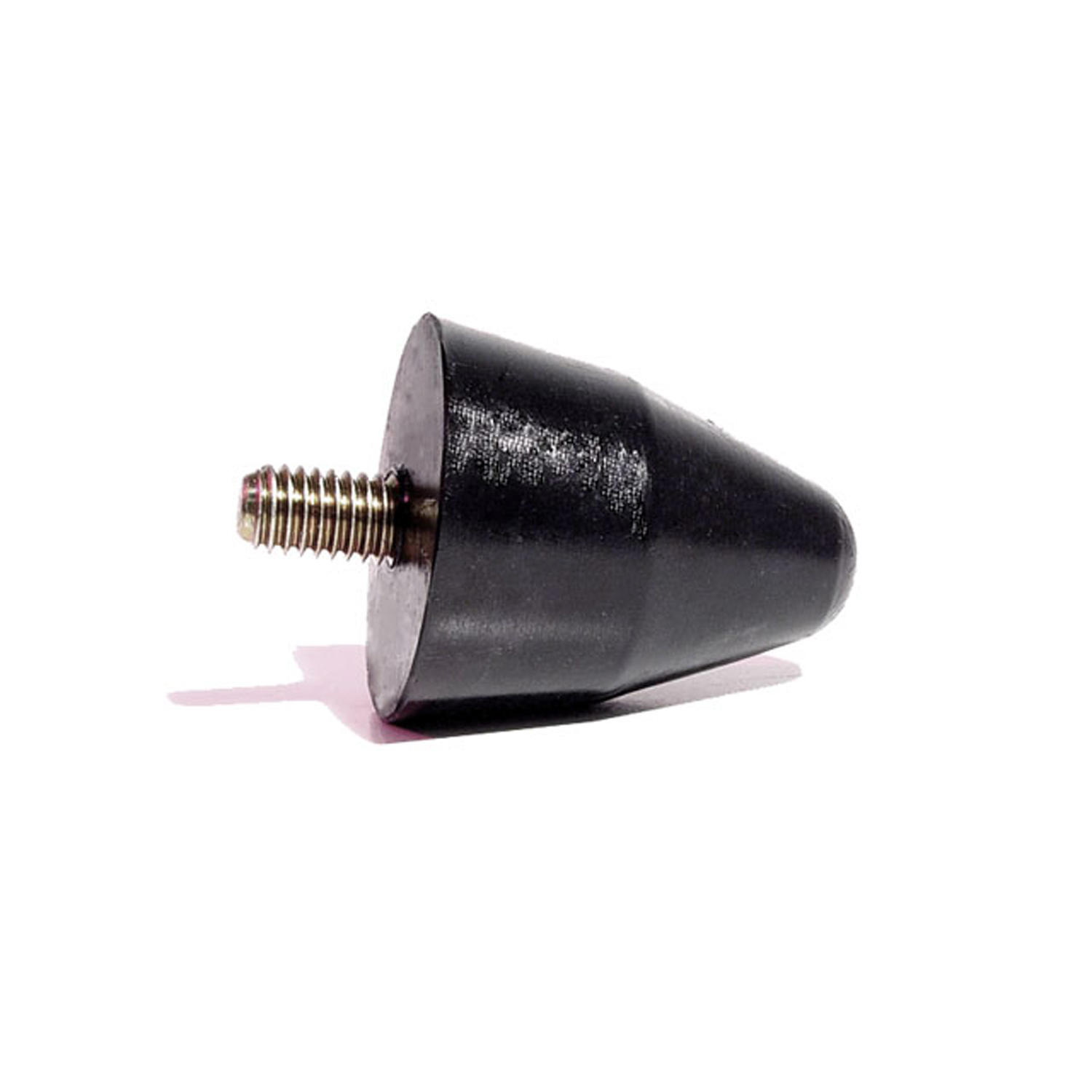 1951 Pontiac Chieftain Front Suspension Bumper. 2" high. Each-XB 18Front Suspension Bumper. 2" high. Each
1951 Pontiac Chieftain Front Suspension Bumper. 2" high. Each-XB 18Front Suspension Bumper. 2" high. Each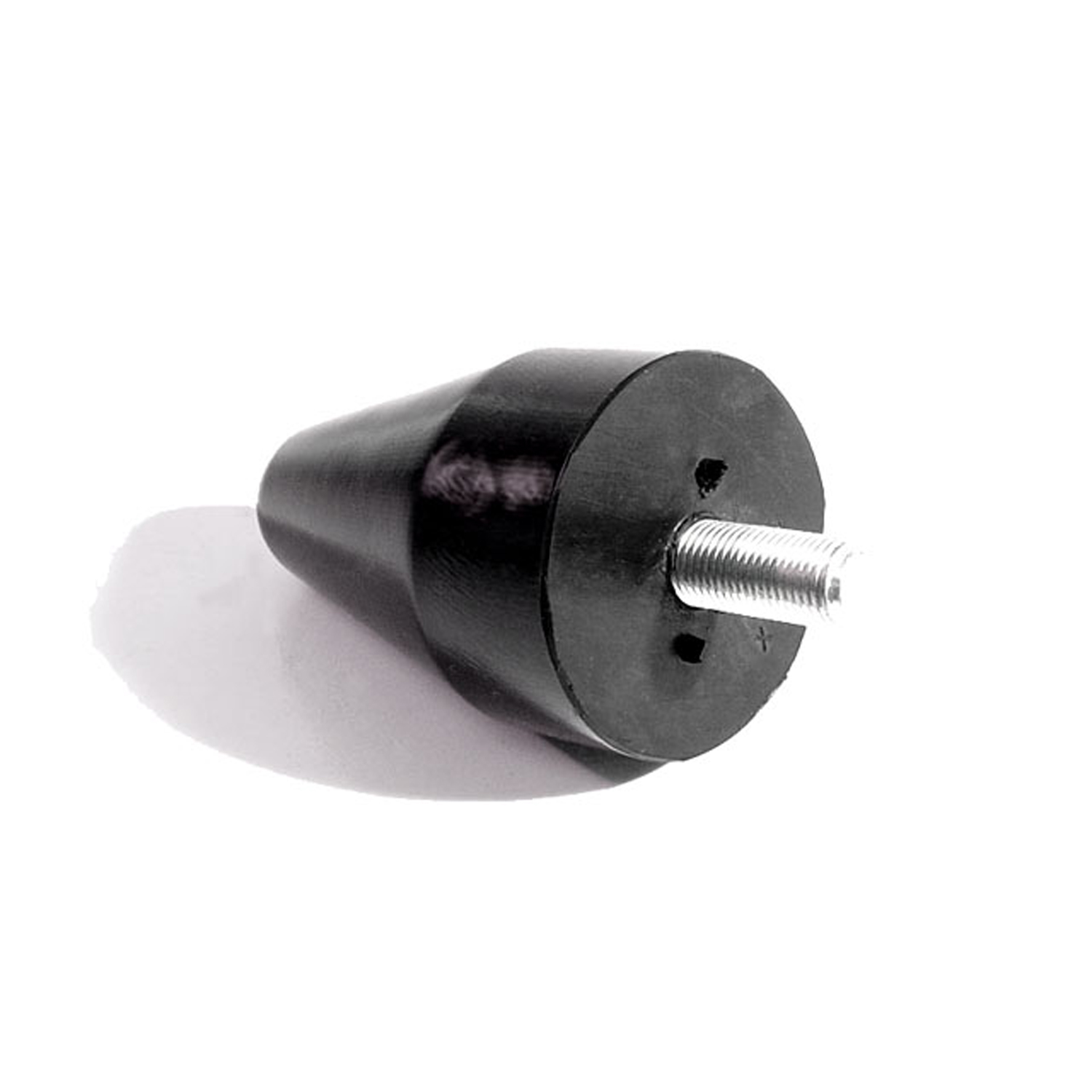 1951 Pontiac Chieftain Front Suspension Bumper. 2-7/8" high. Each-XB 25Front Suspension Bumper. 2-7/8" high. Each
1951 Pontiac Chieftain Front Suspension Bumper. 2-7/8" high. Each-XB 25Front Suspension Bumper. 2-7/8" high. EachWhy Choose Metro?
For over 100 years, Metro Moulded Parts has been the pinnacle of quality in classic car restoration parts. Our commitment to precision and authenticity in every component ensures a perfect fit and an OEM-level appearance.
- Expert Craftsmanship & Quality: Each part is a testament to our dedication to reliability and perfection, crafted from original designs and thoroughly tested.
- Advanced Technology: We use cutting-edge techniques to create flawless, long-lasting parts that surpass others in performance.
- SuperSoft Sponge – The Ultimate Door Seal: Not only are our door seals 30% softer than competitors', but they're also guaranteed to never leak. They effectively reduce wind and road noise, enhancing your classic car's comfort and driving experience.
- Proudly American: Our parts are a product of American craftsmanship, made in the USA with a spirit of excellence and heritage.
- Unrivaled Warranty: We back our products with a 30-year industry-leading warranty, a testament to our confidence in their quality.
Join us in preserving the legacy of classic cars with parts that are crafted for perfection, not just made.

